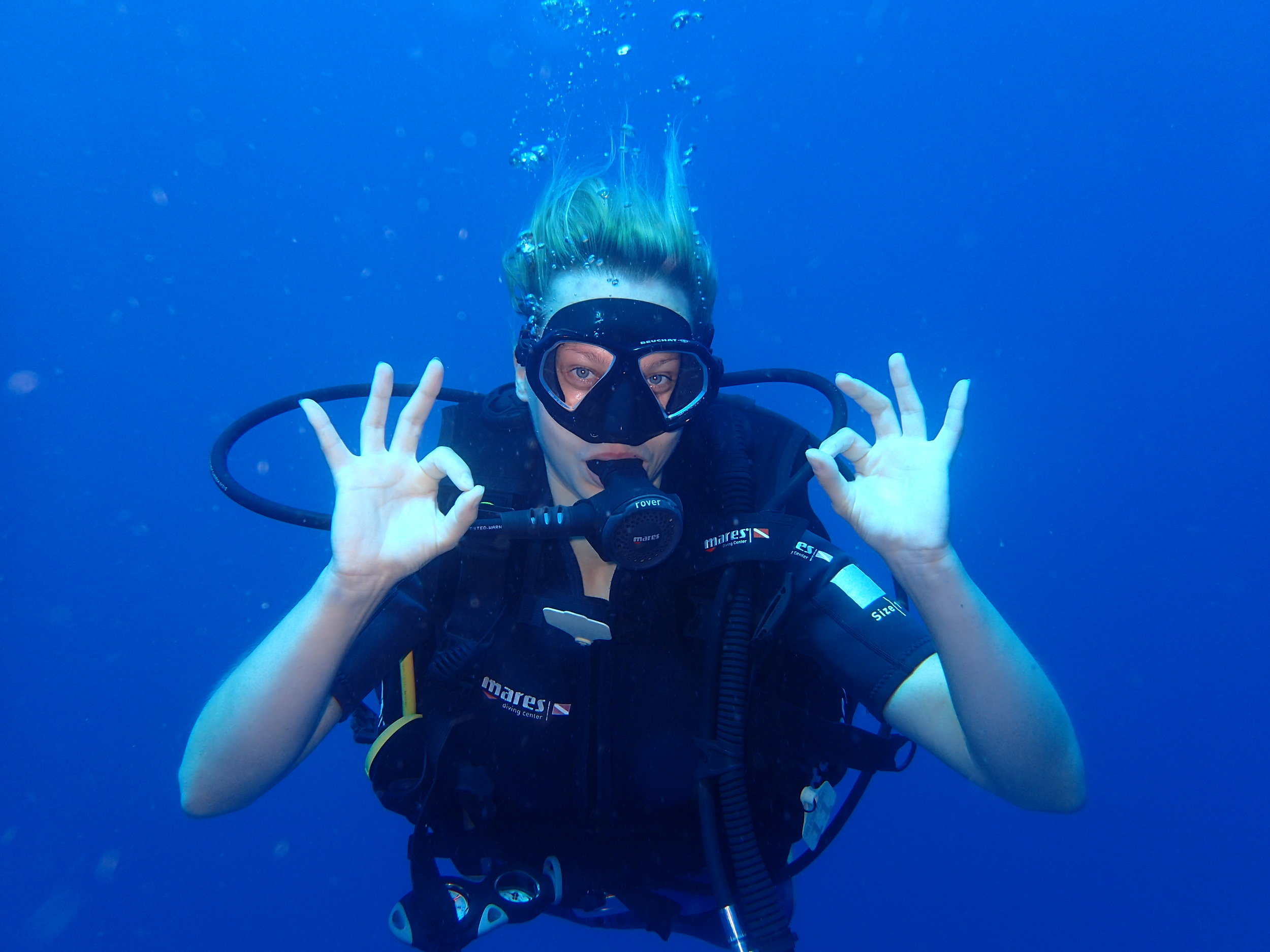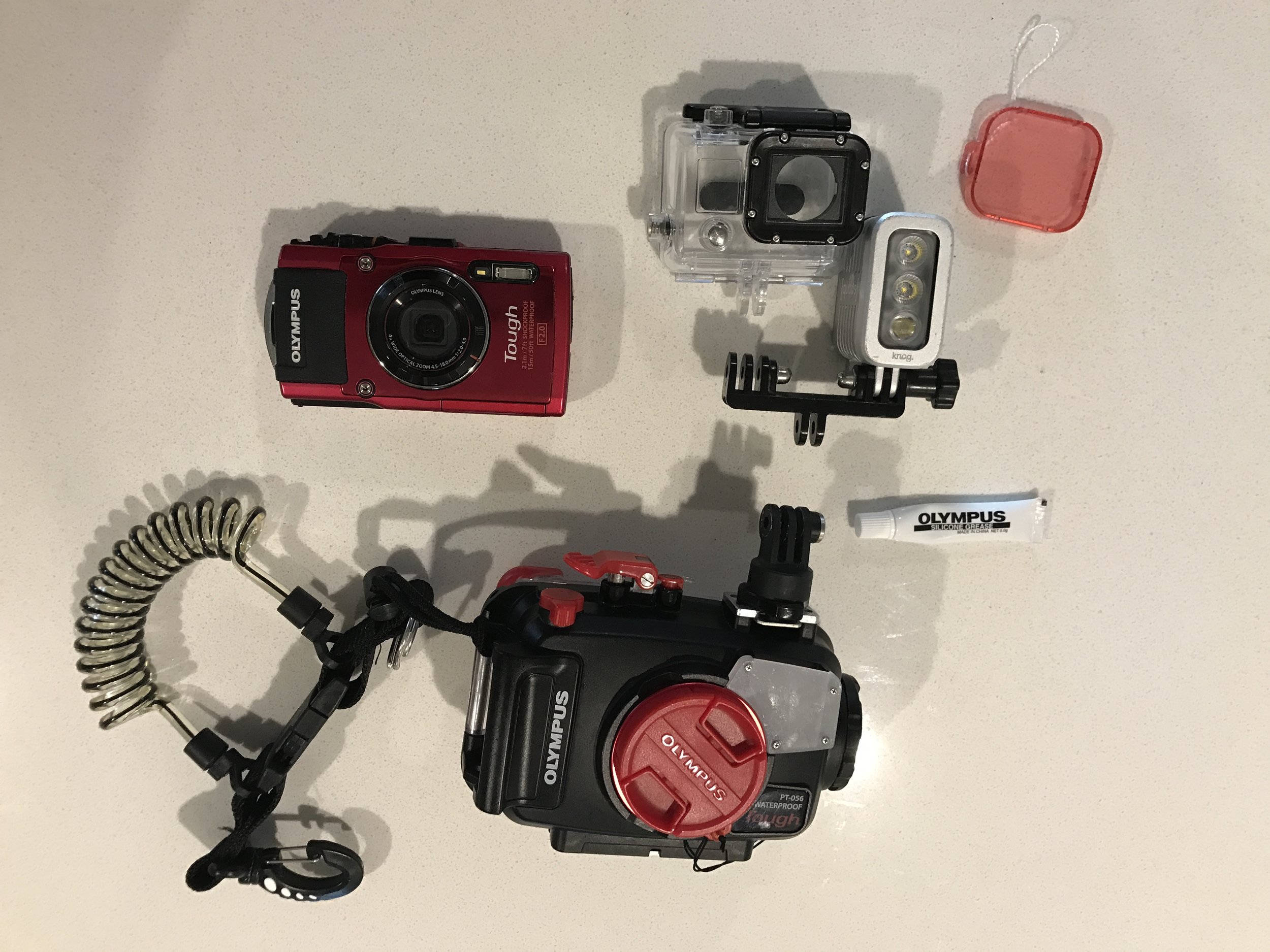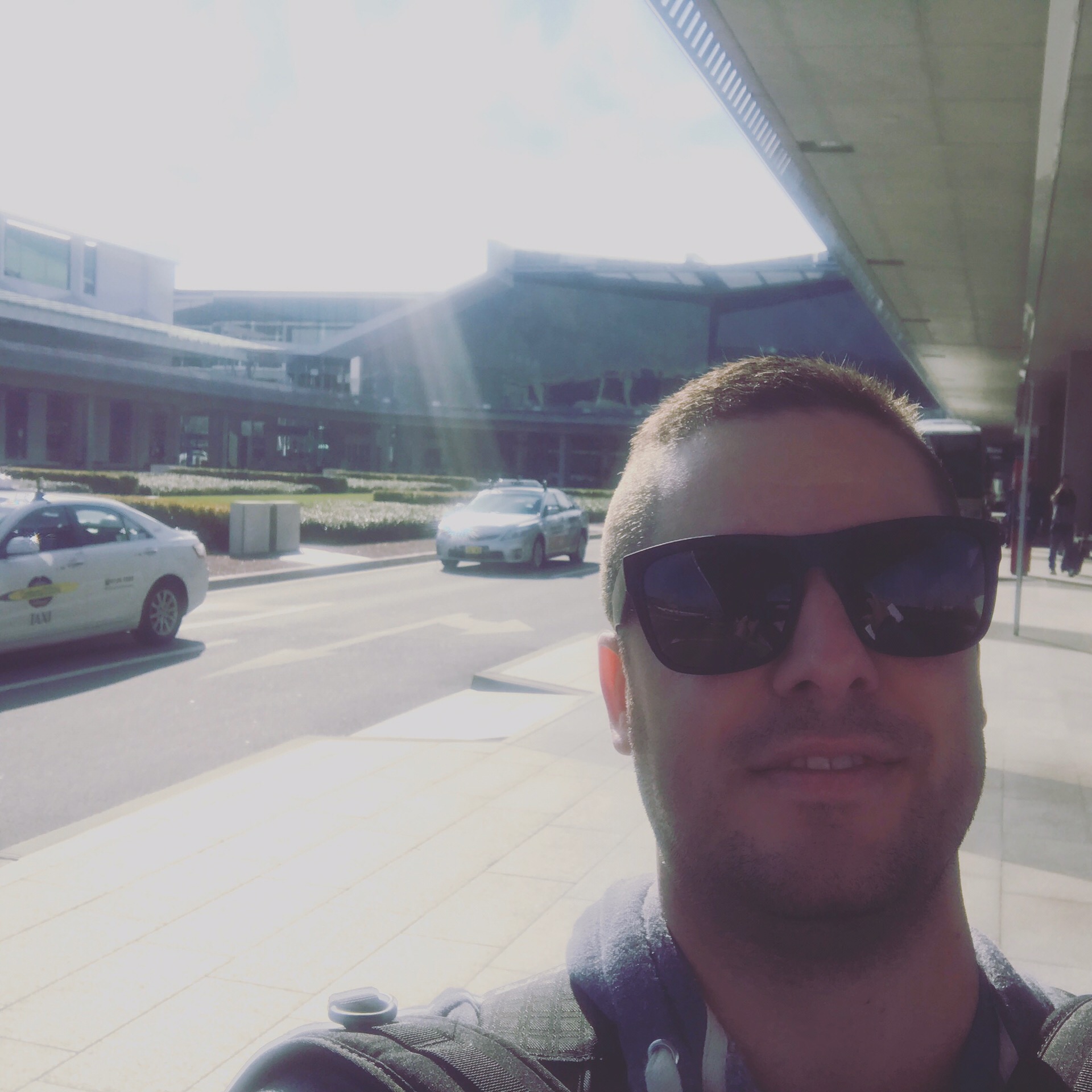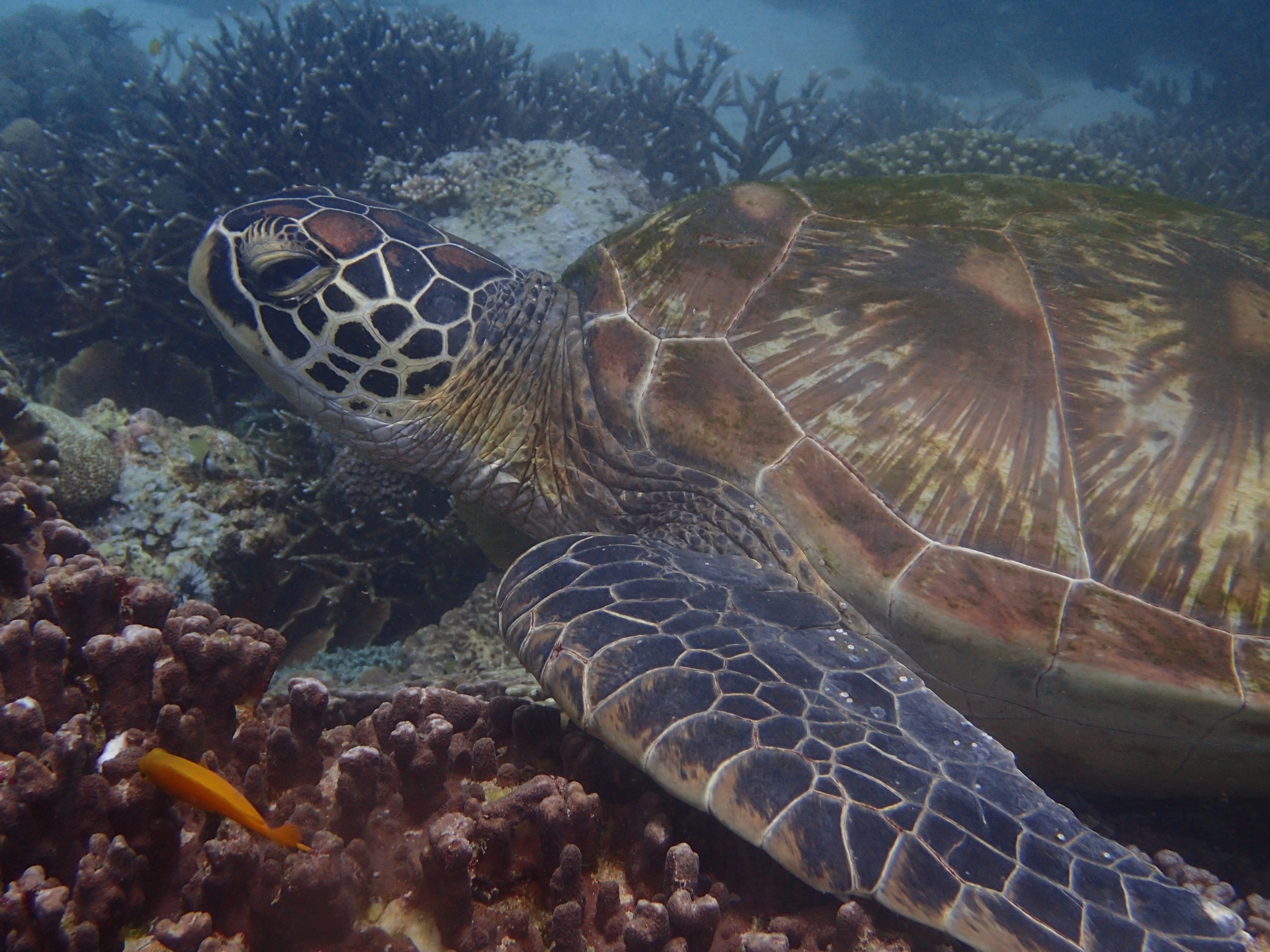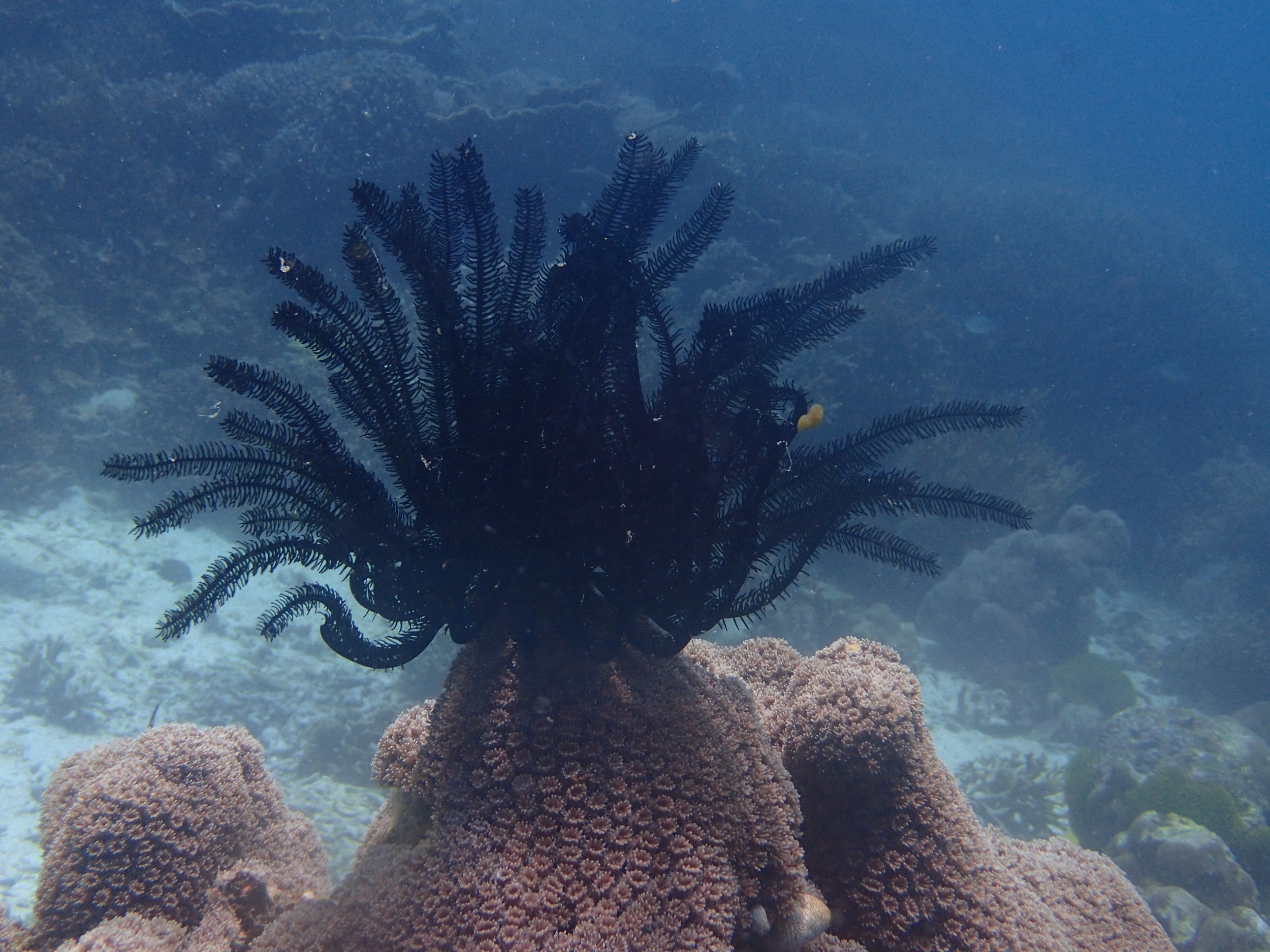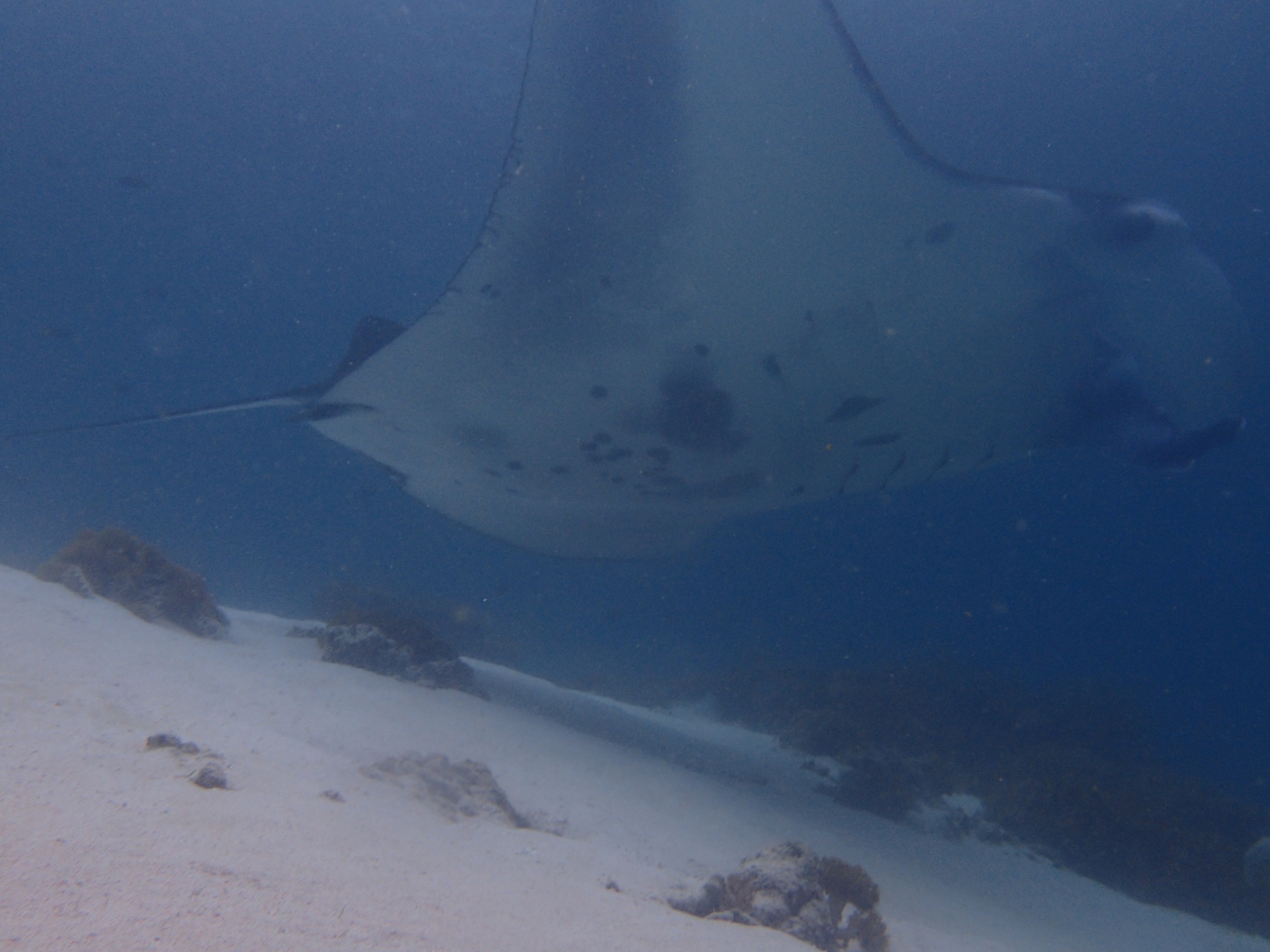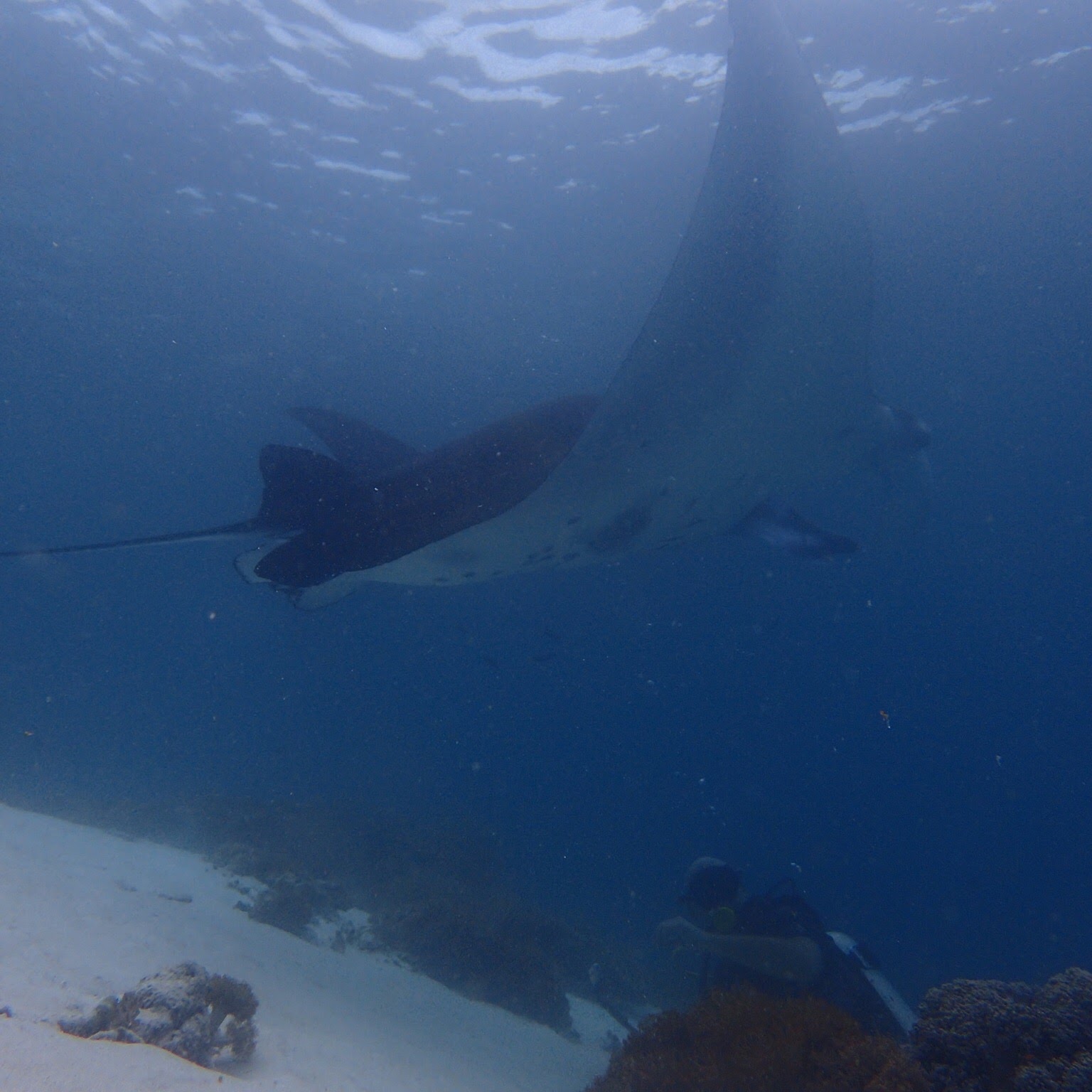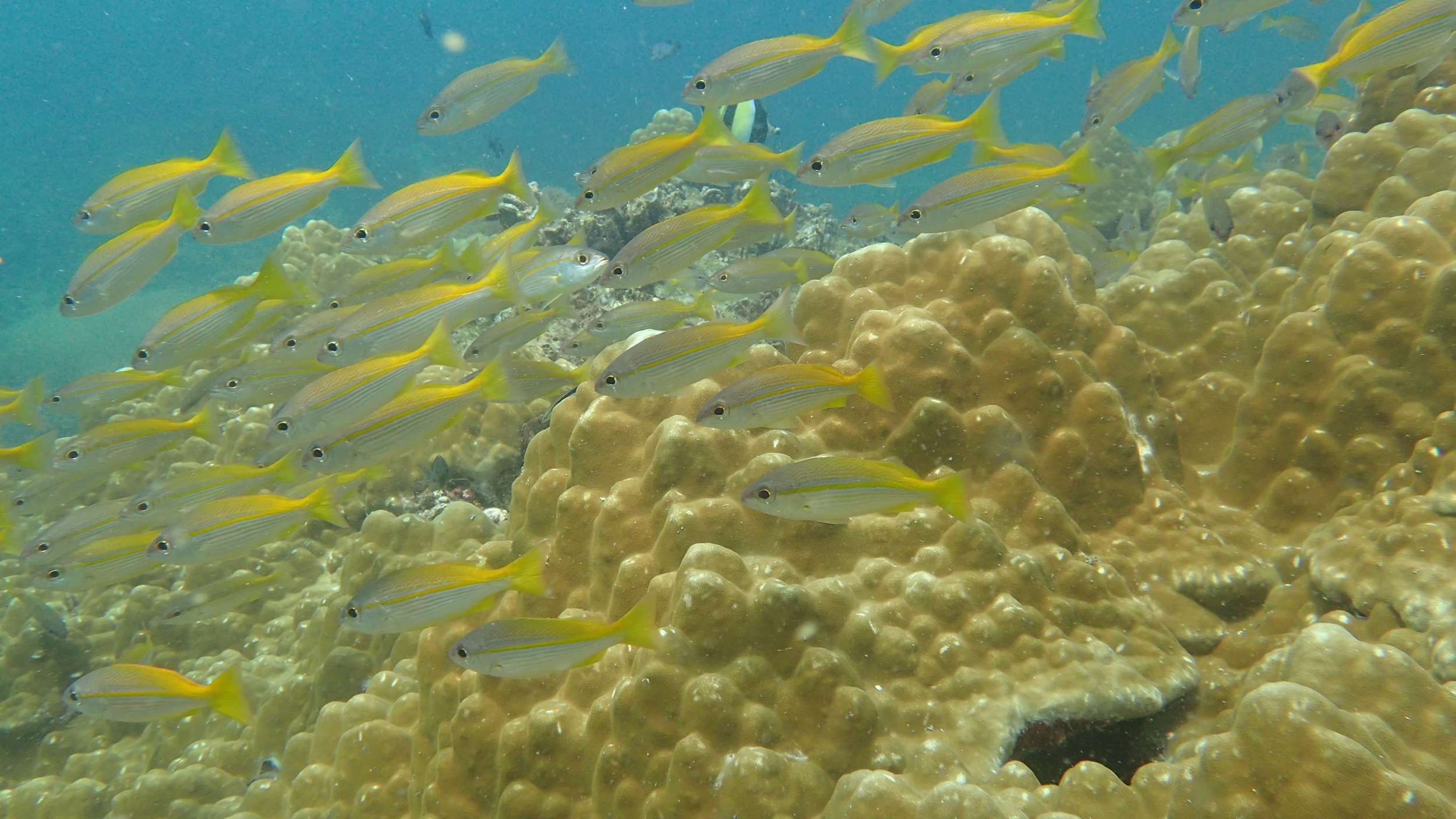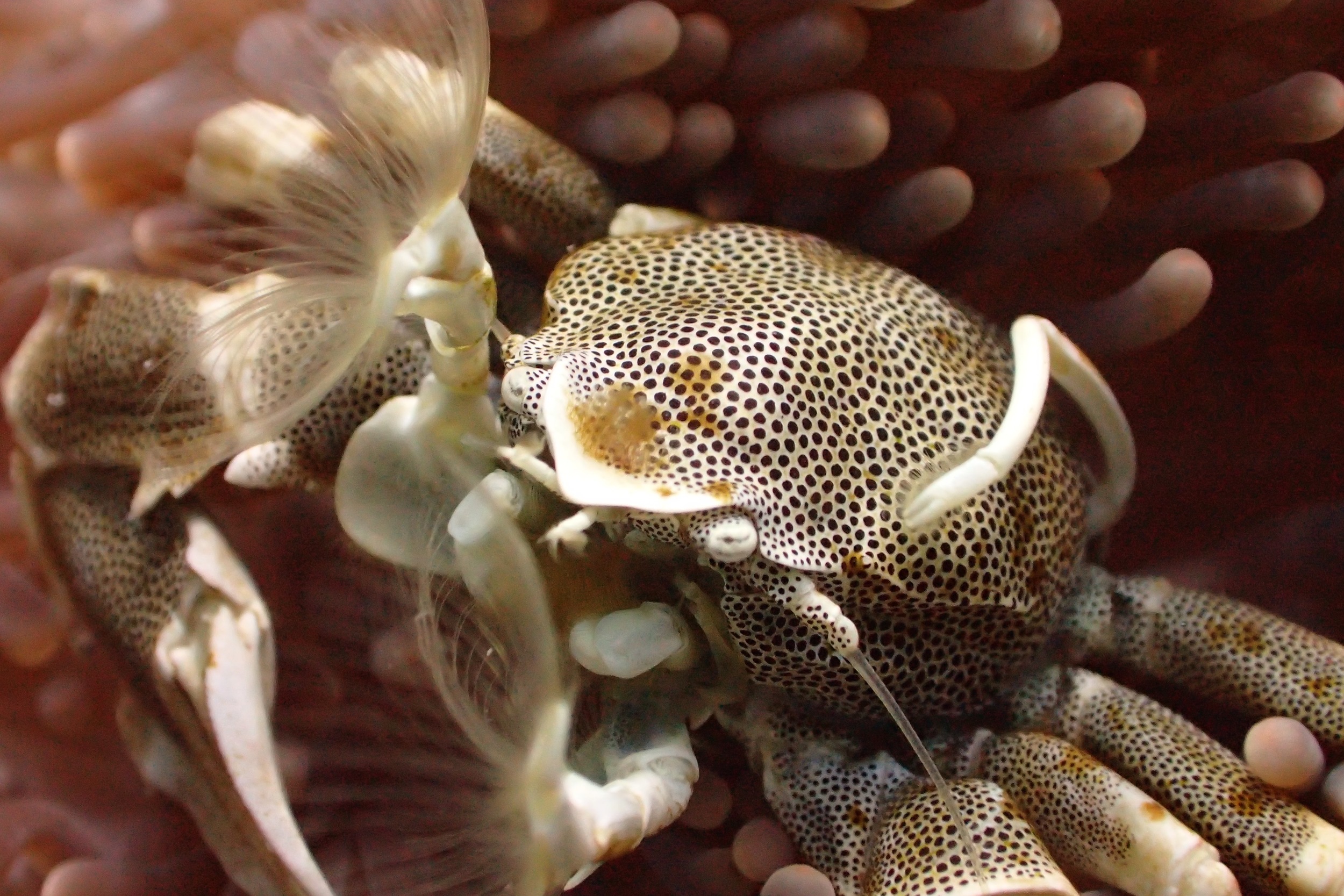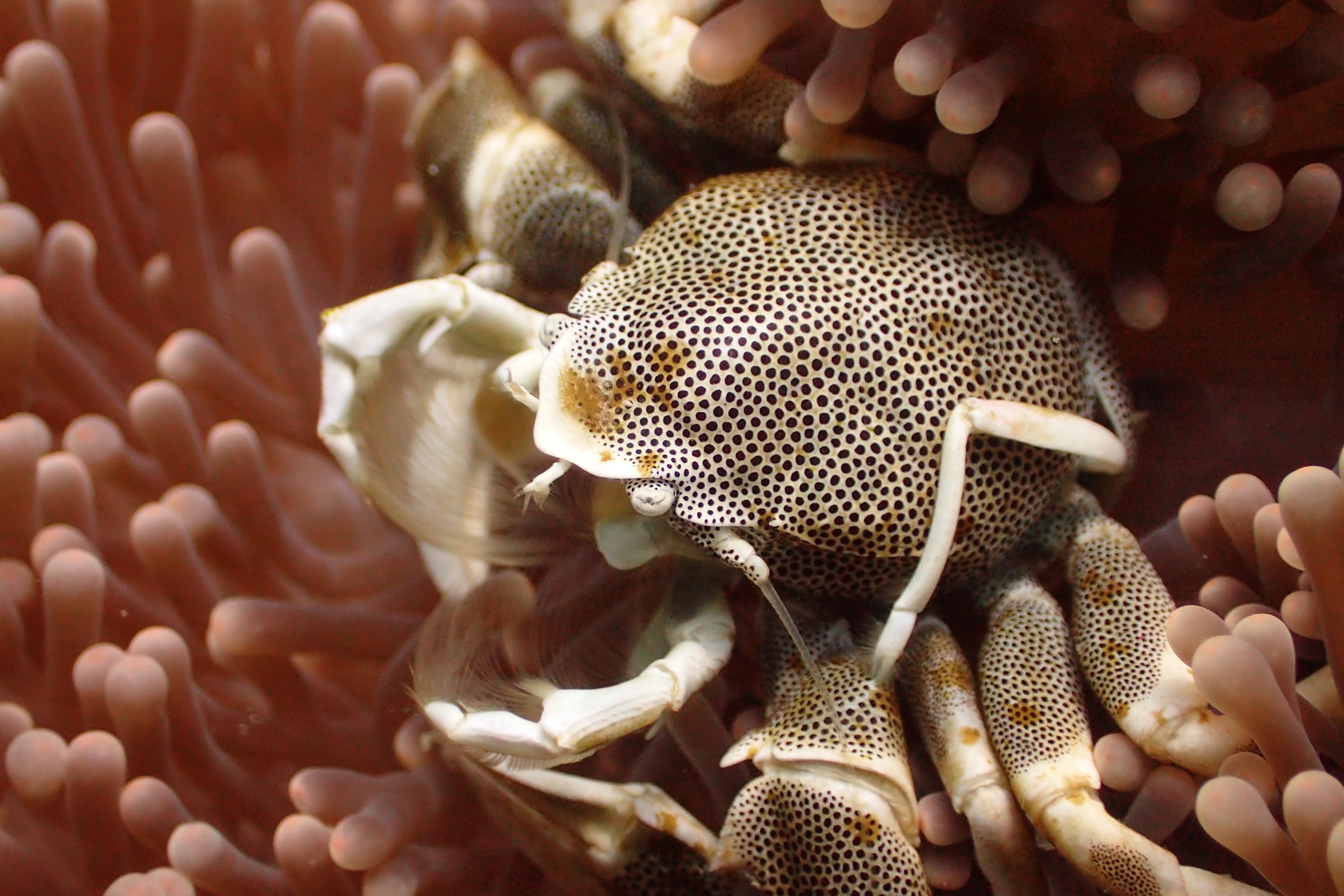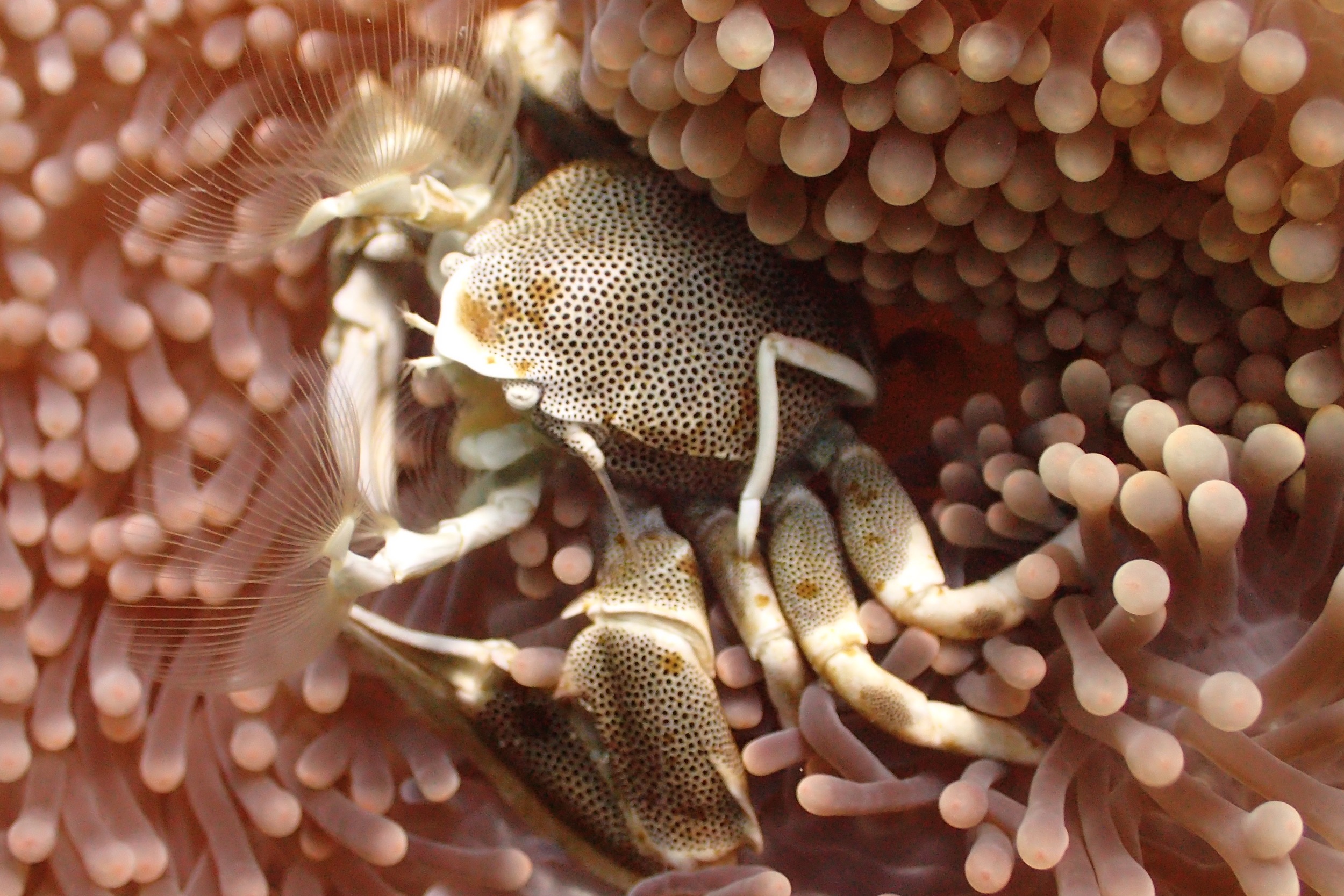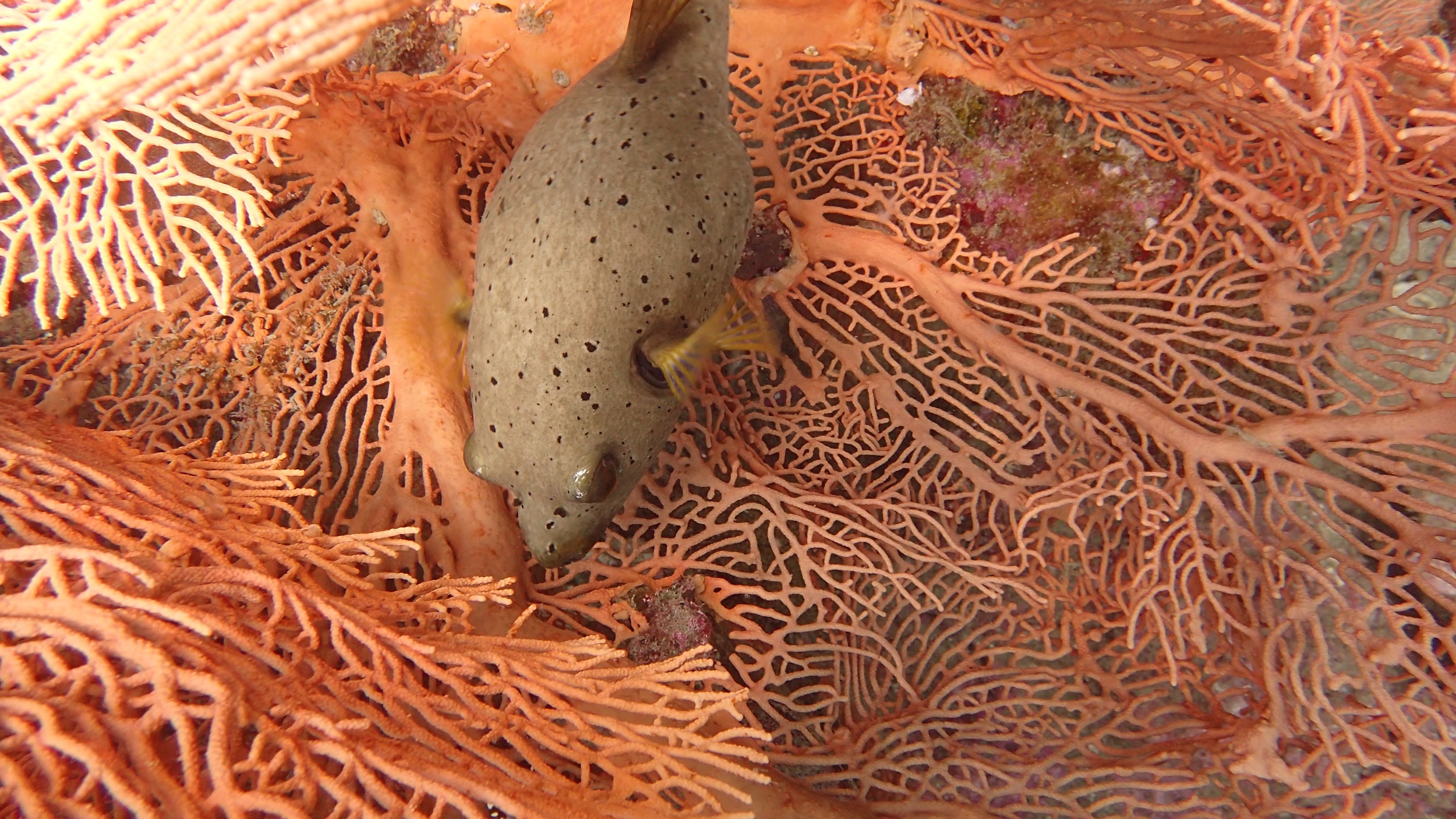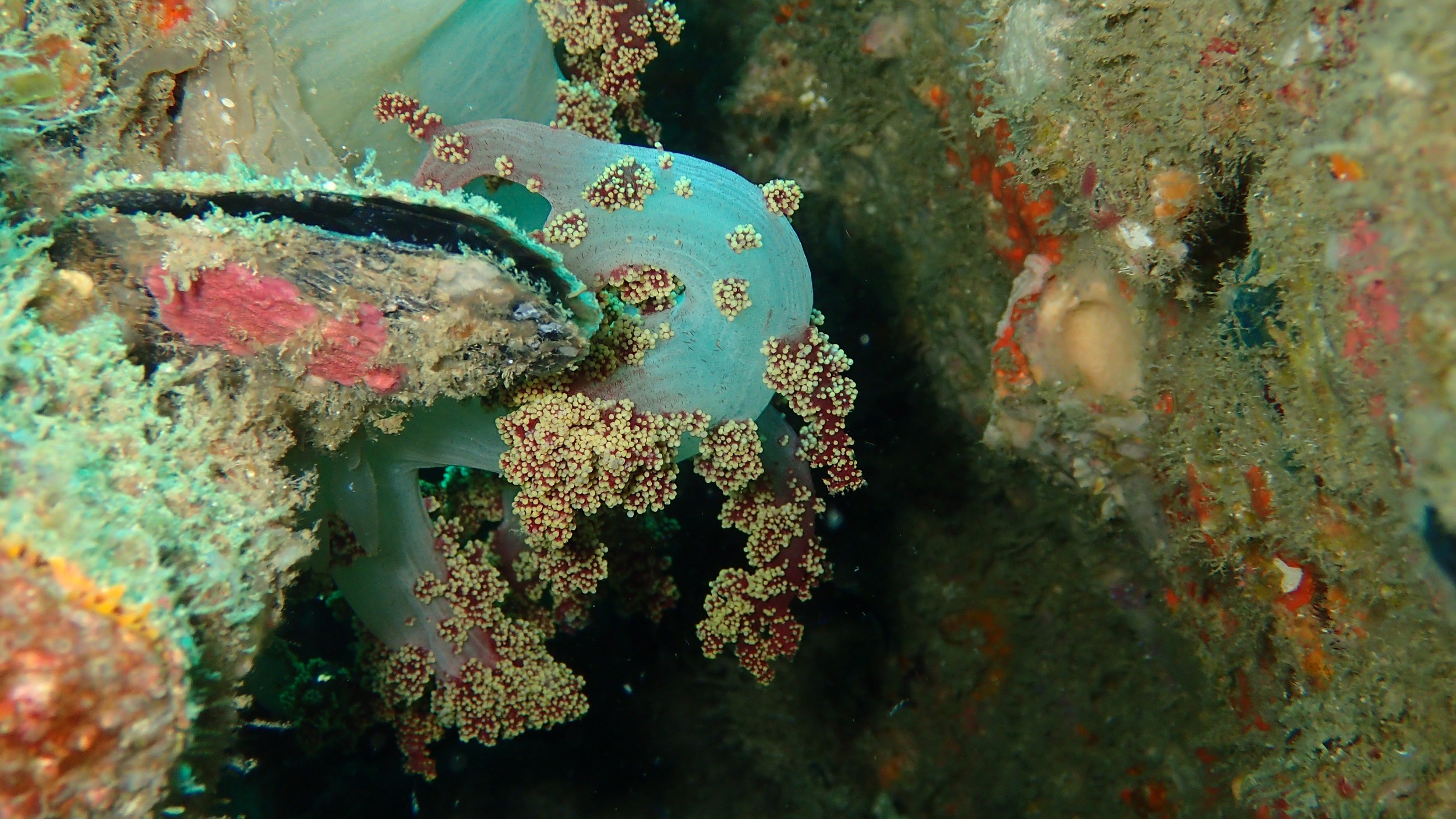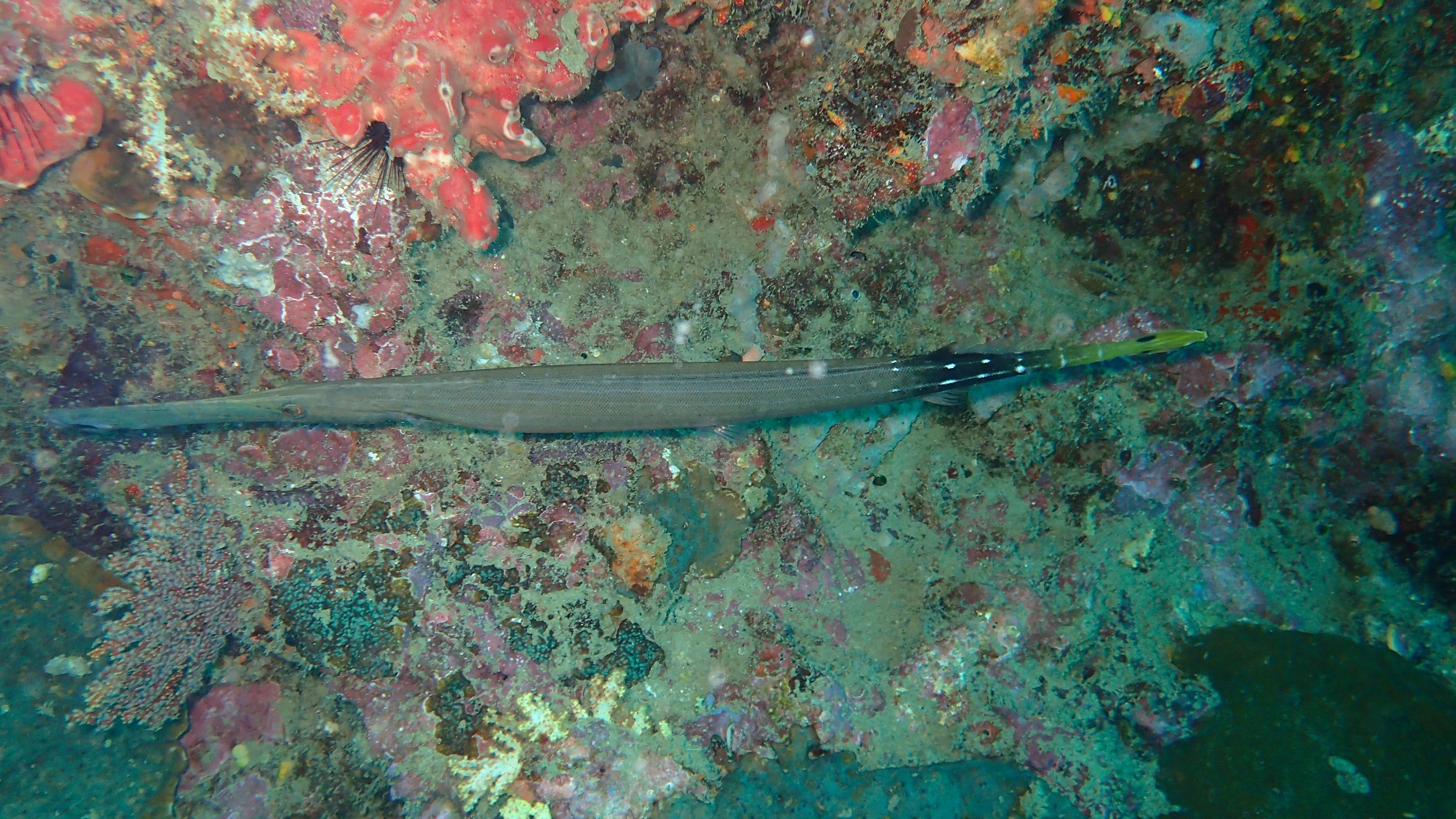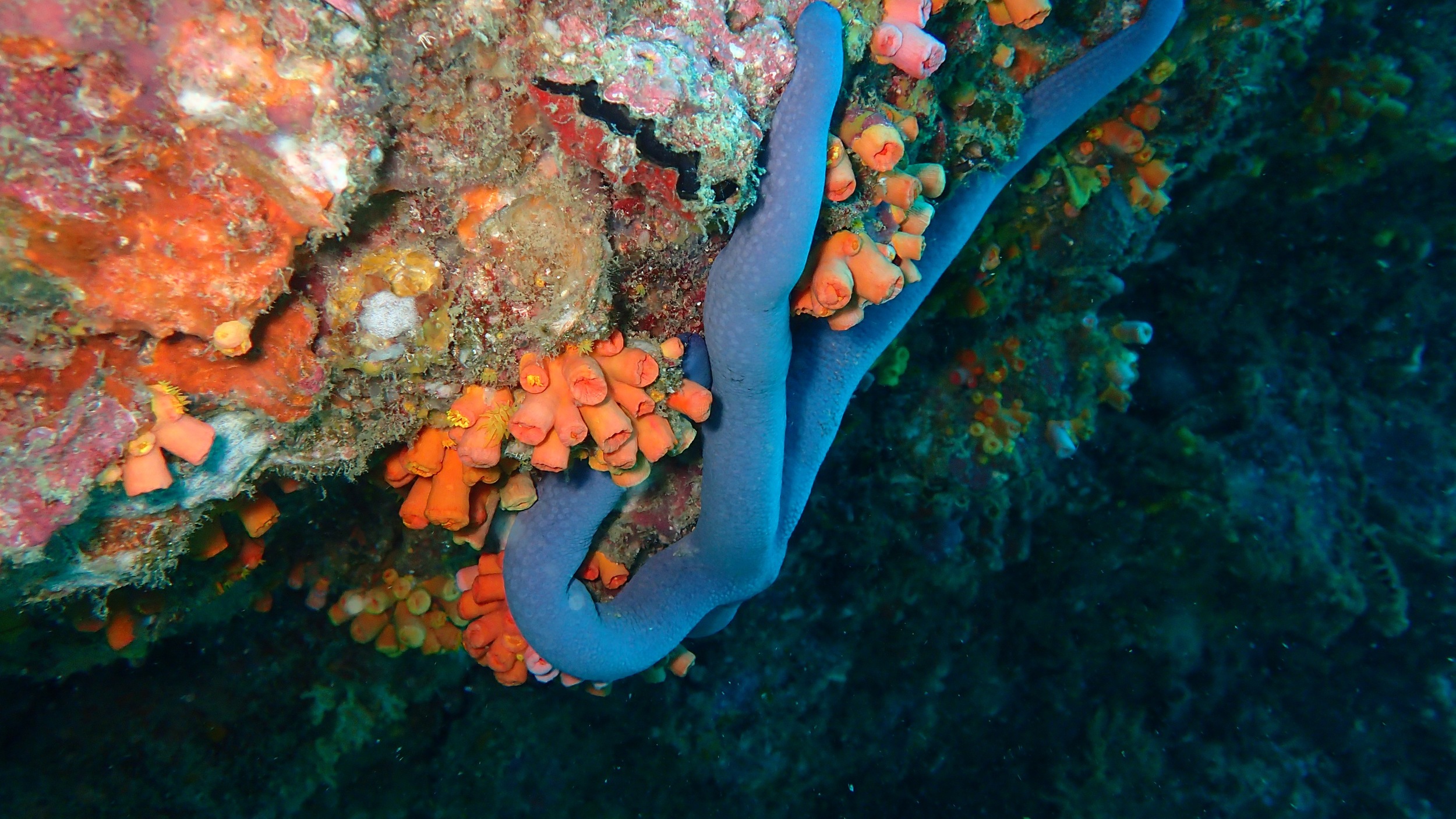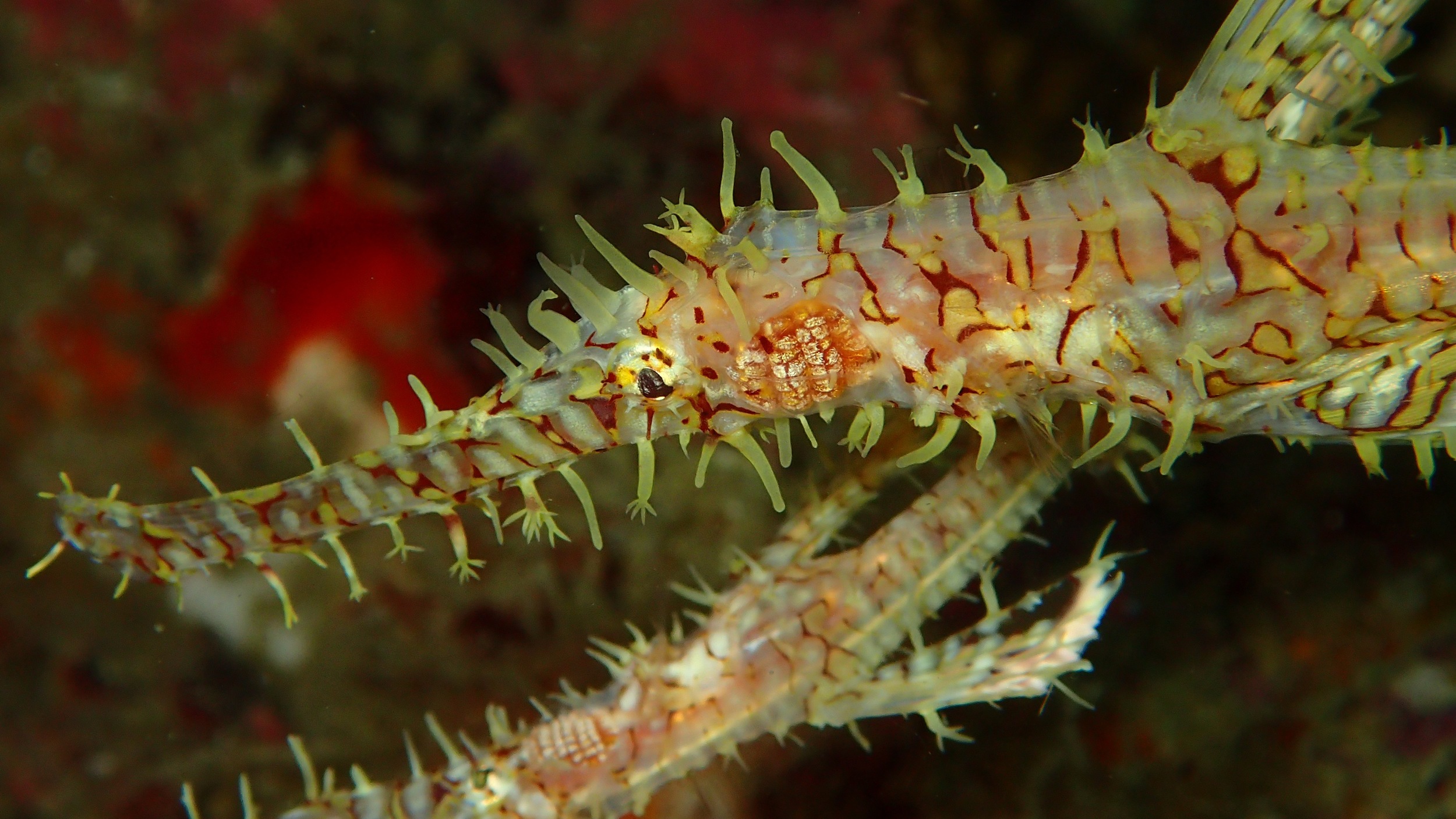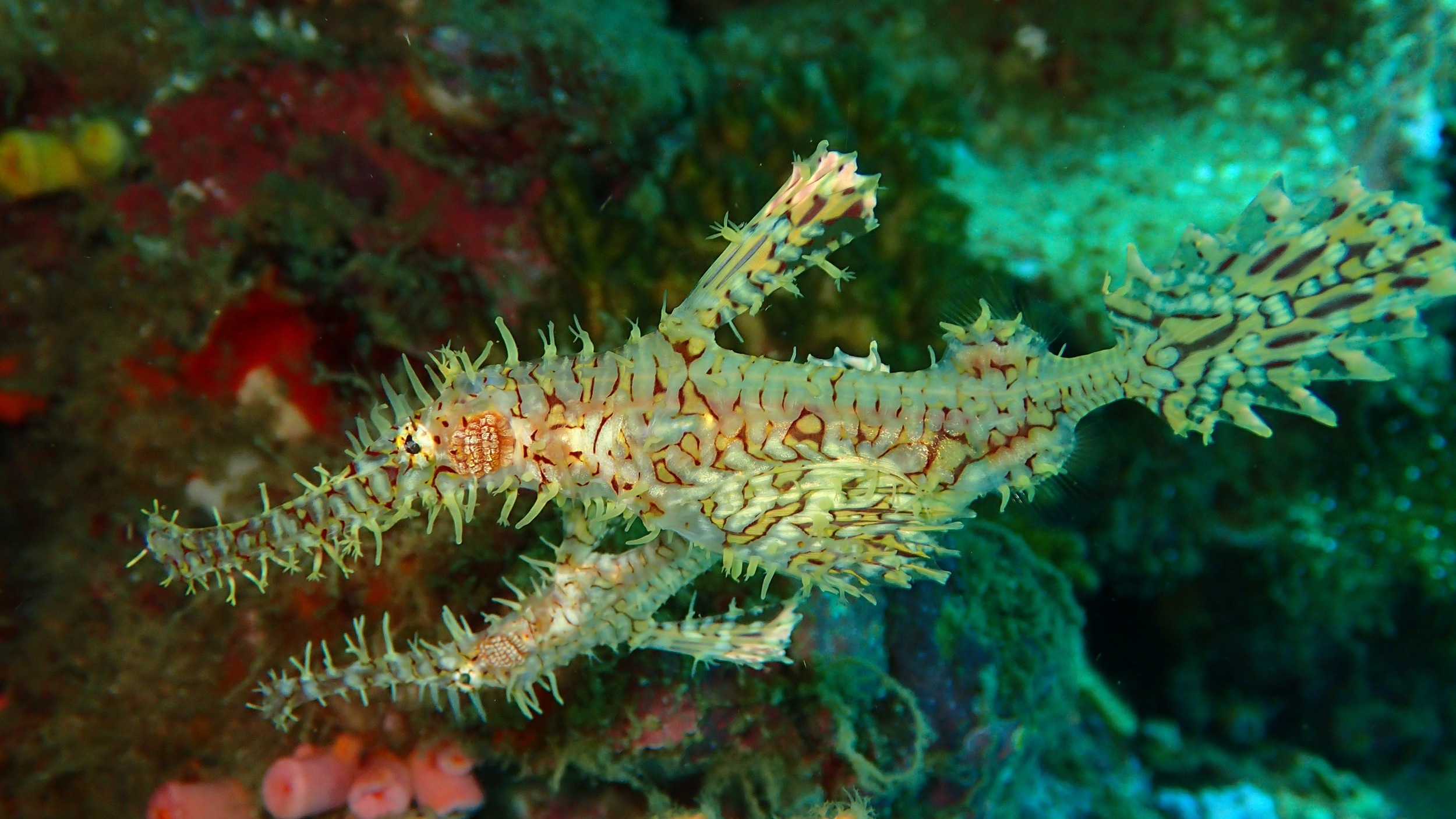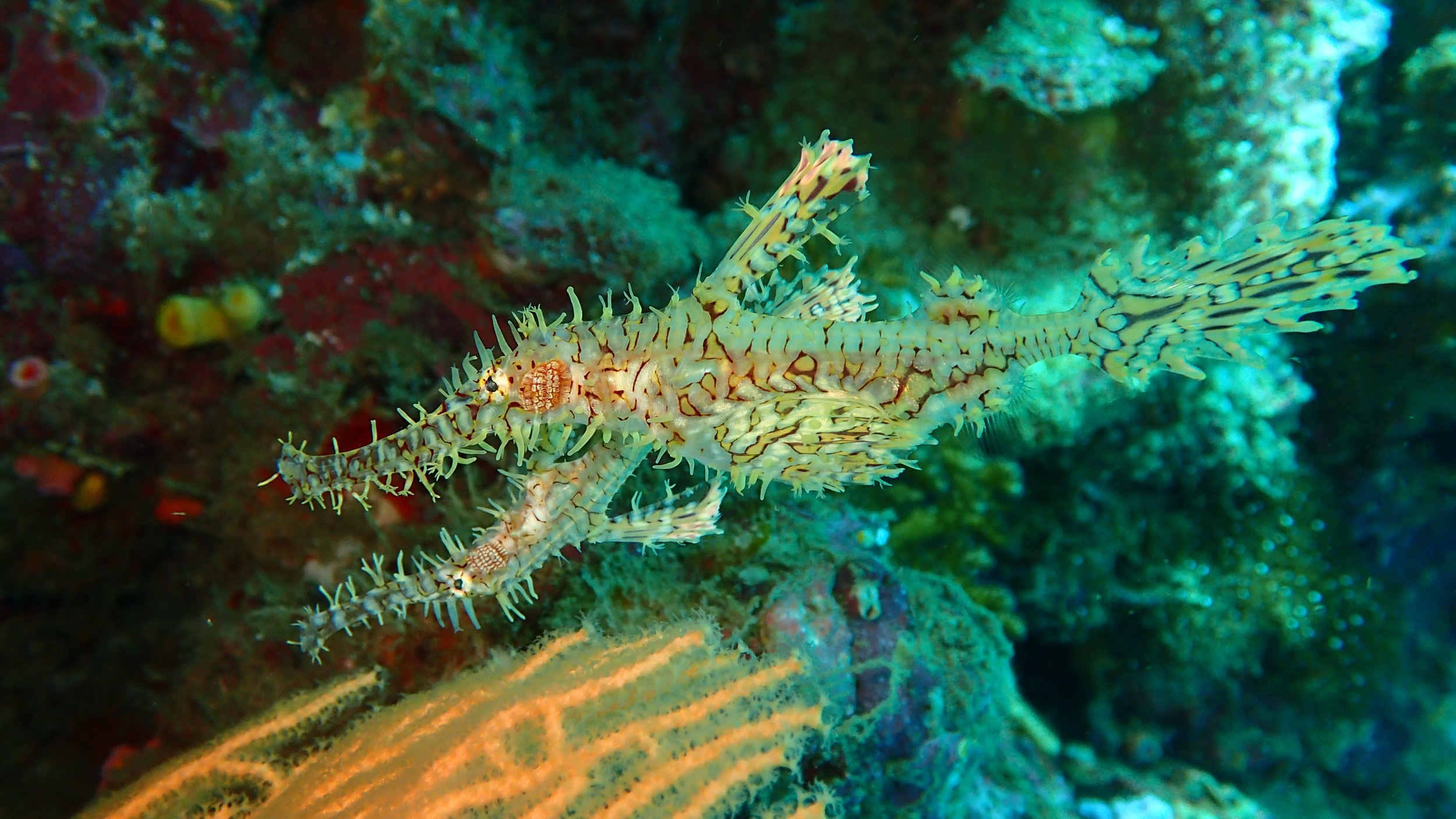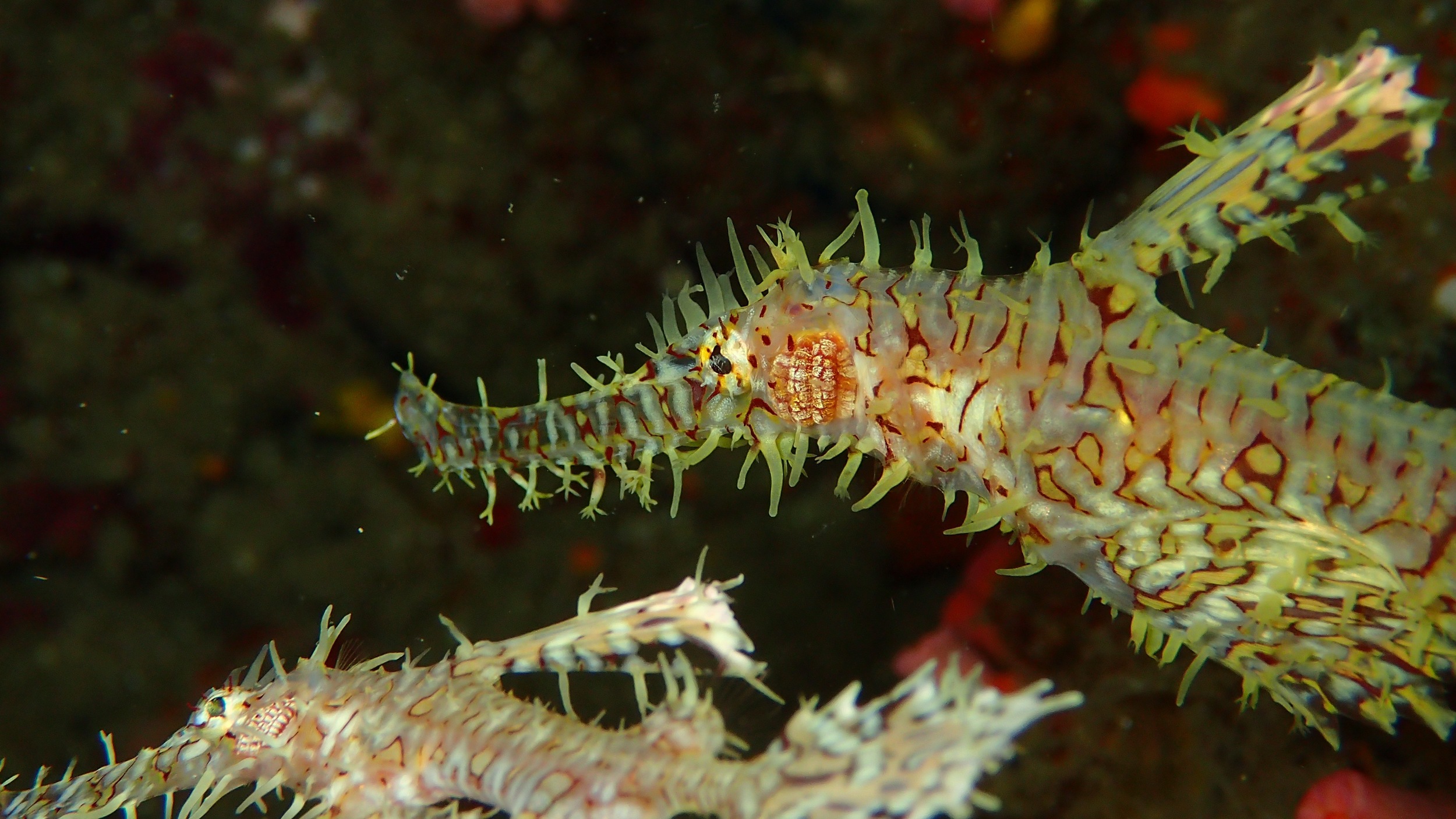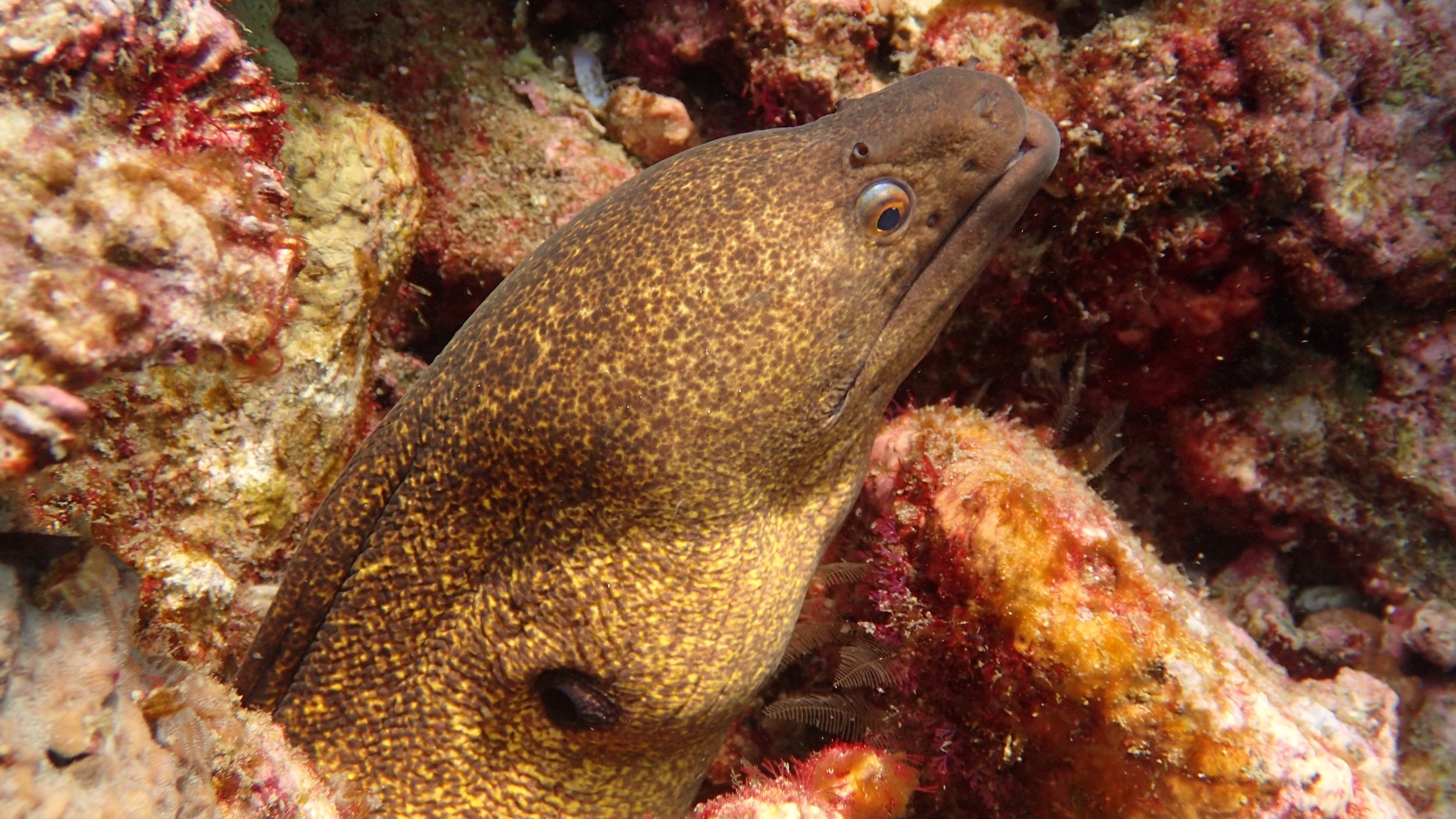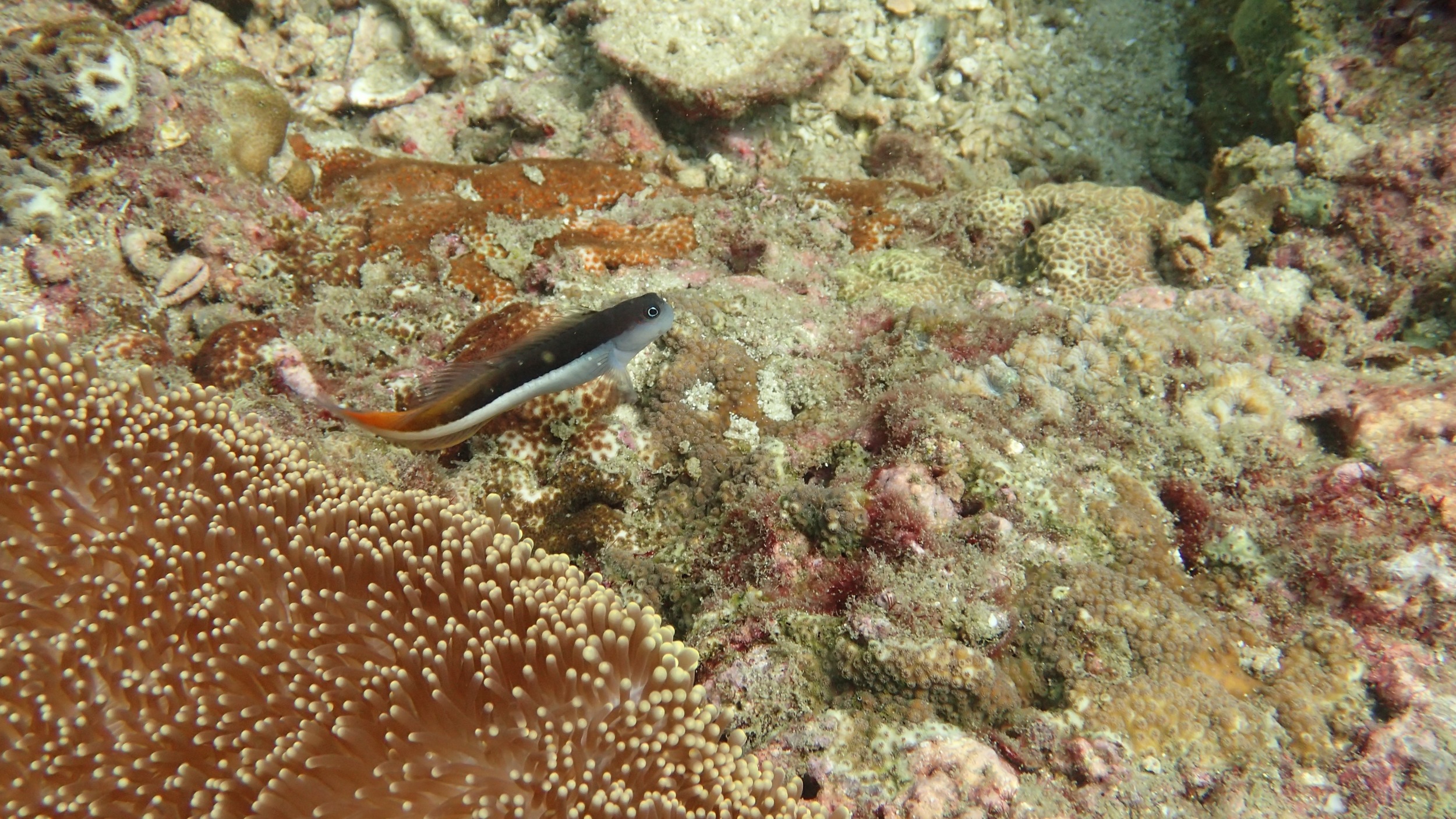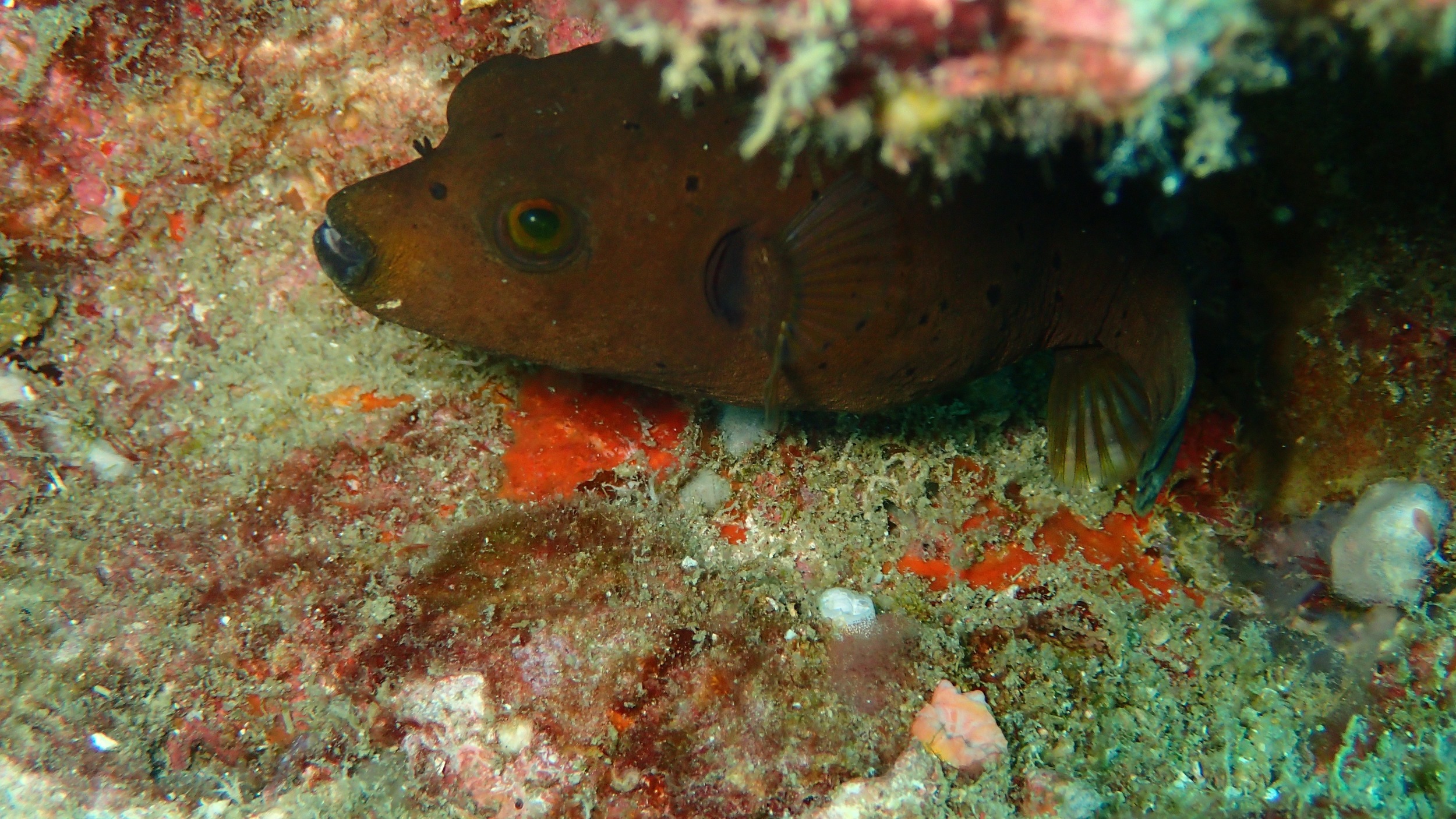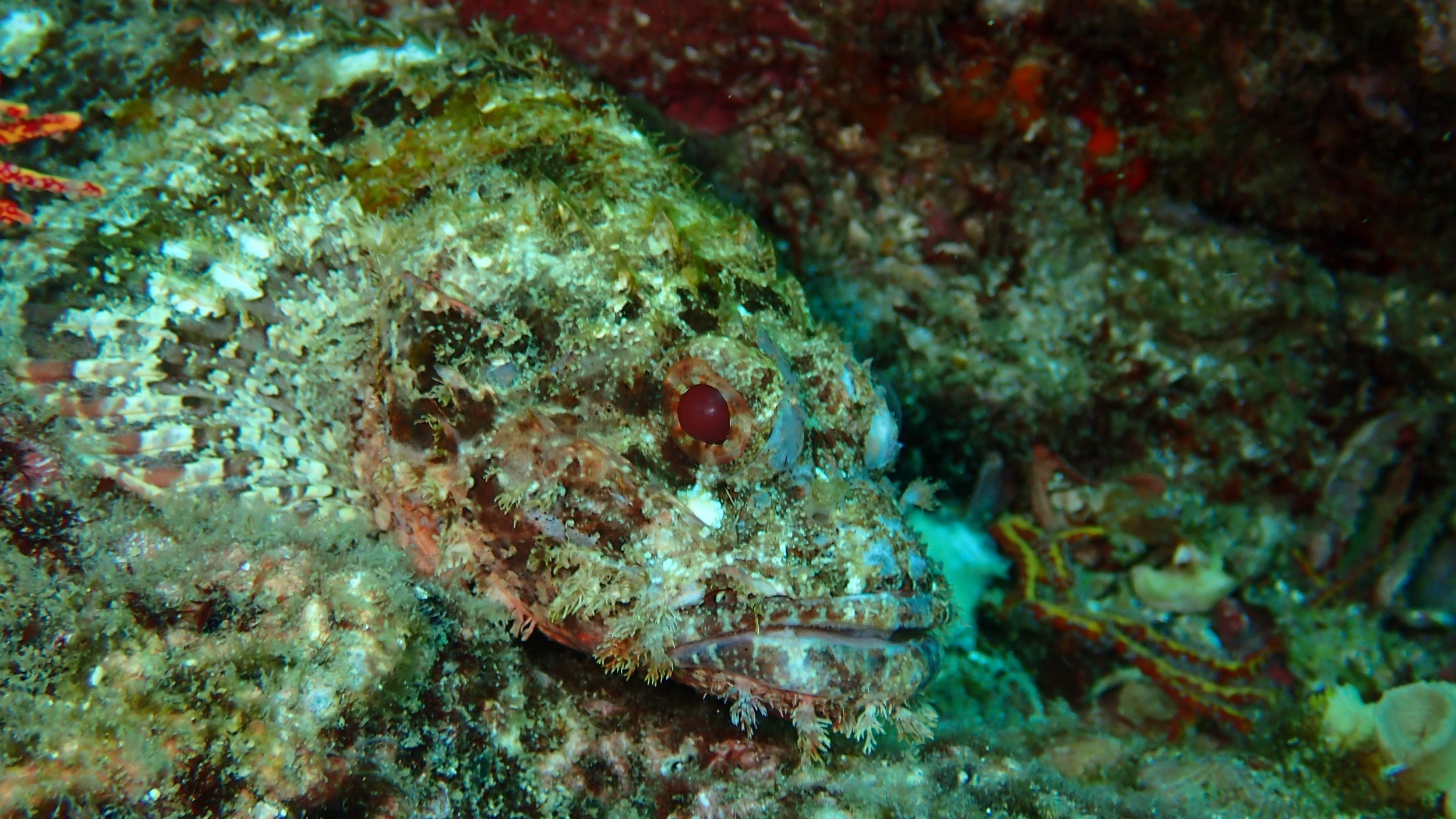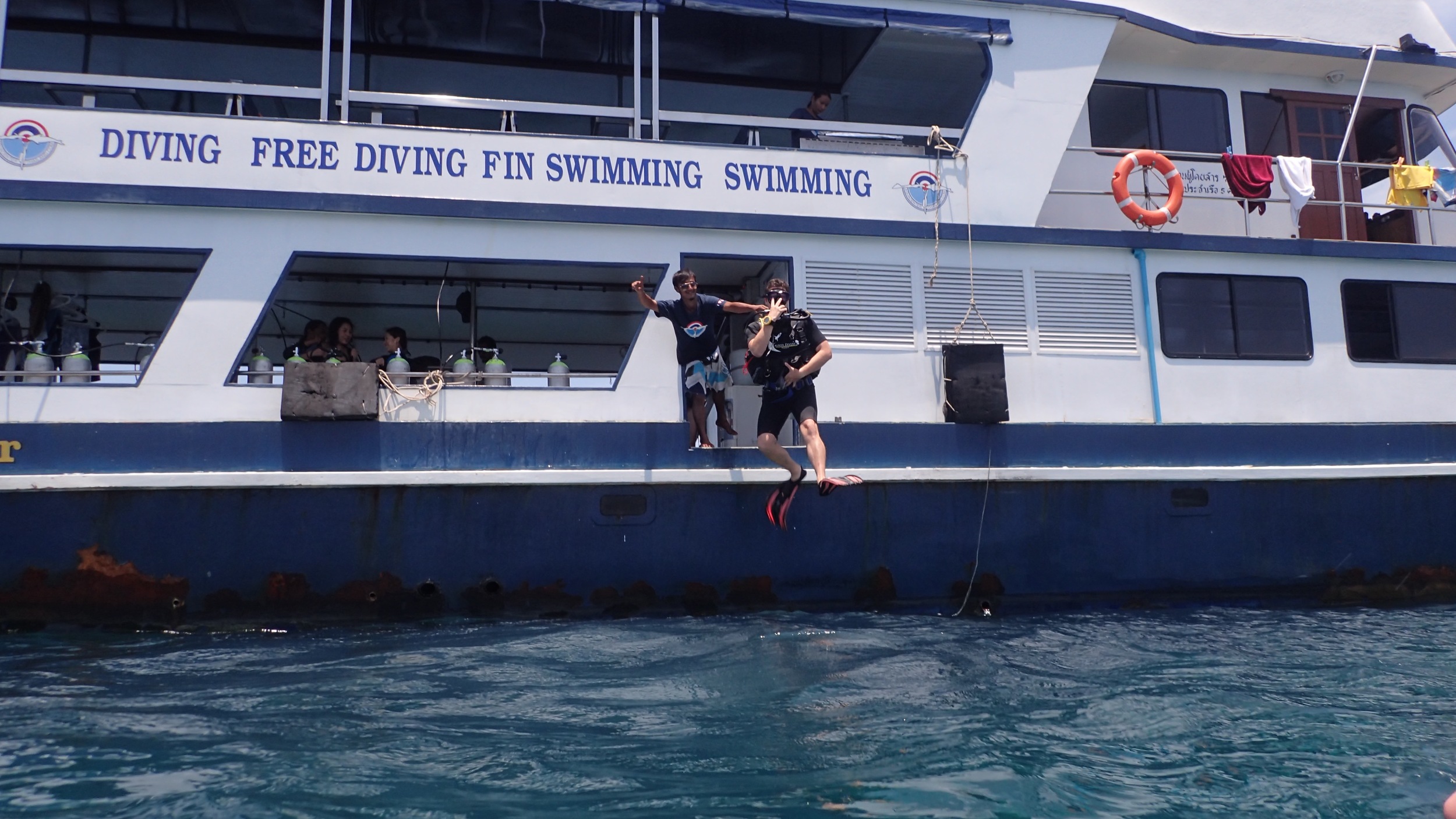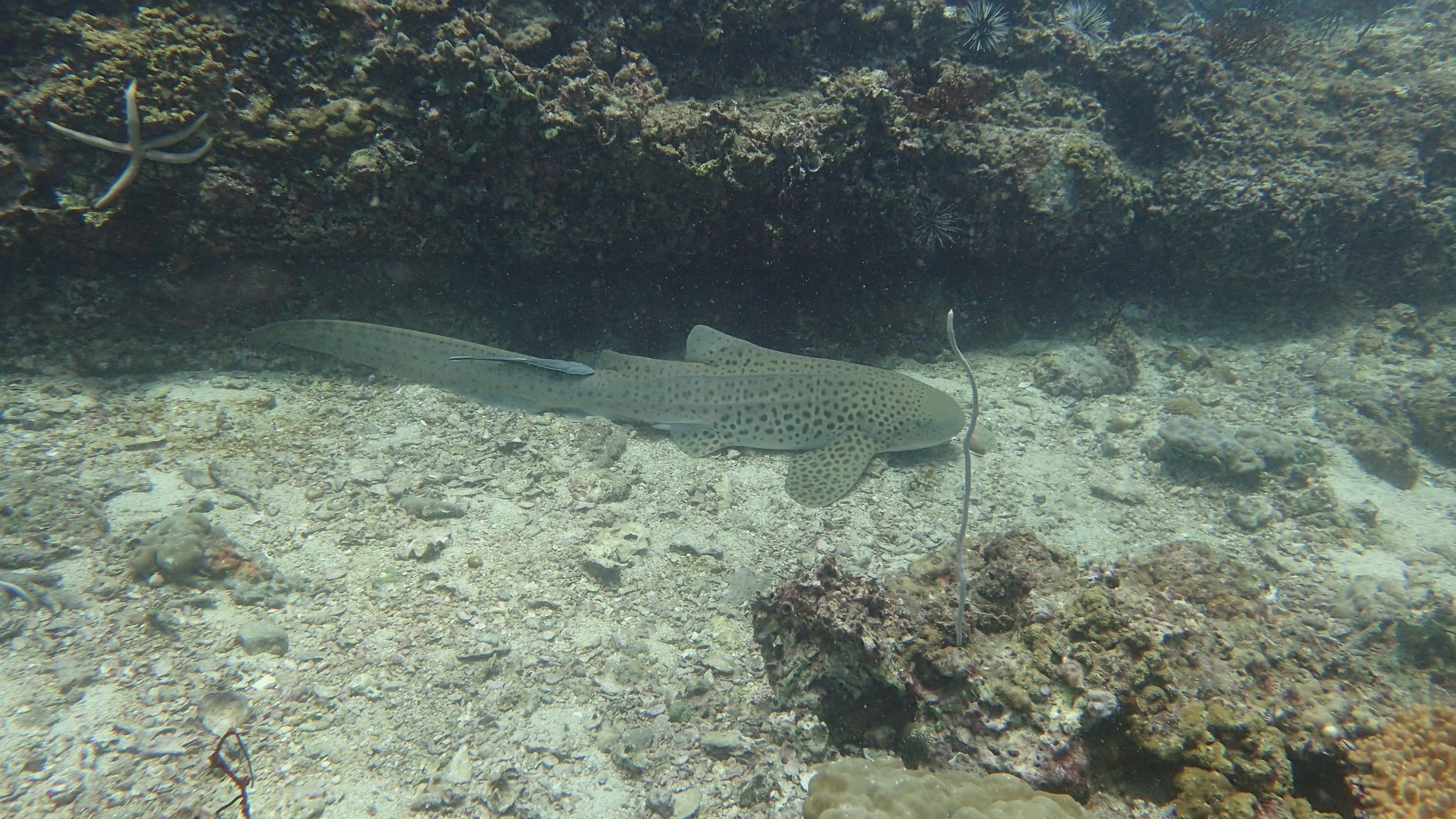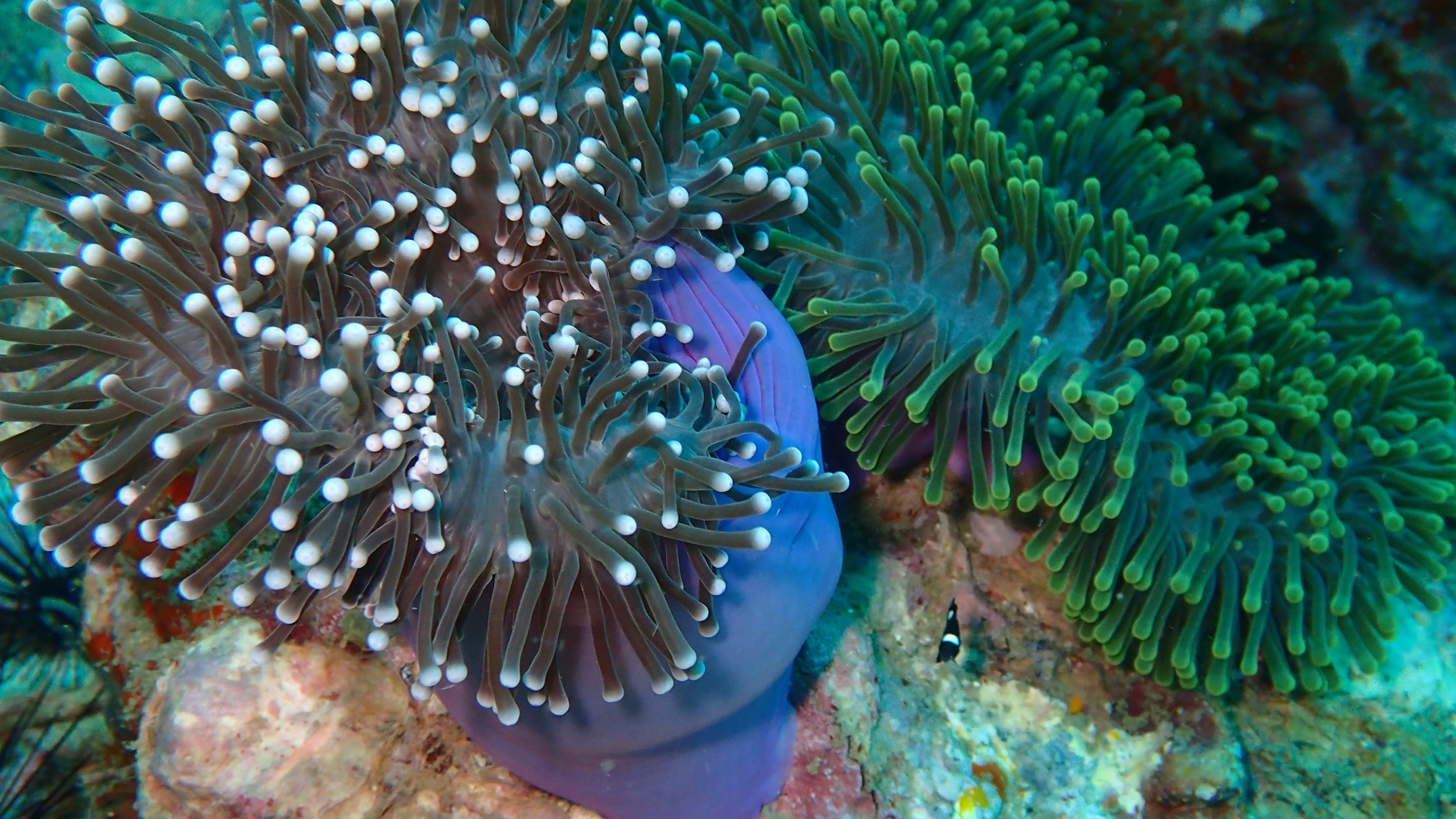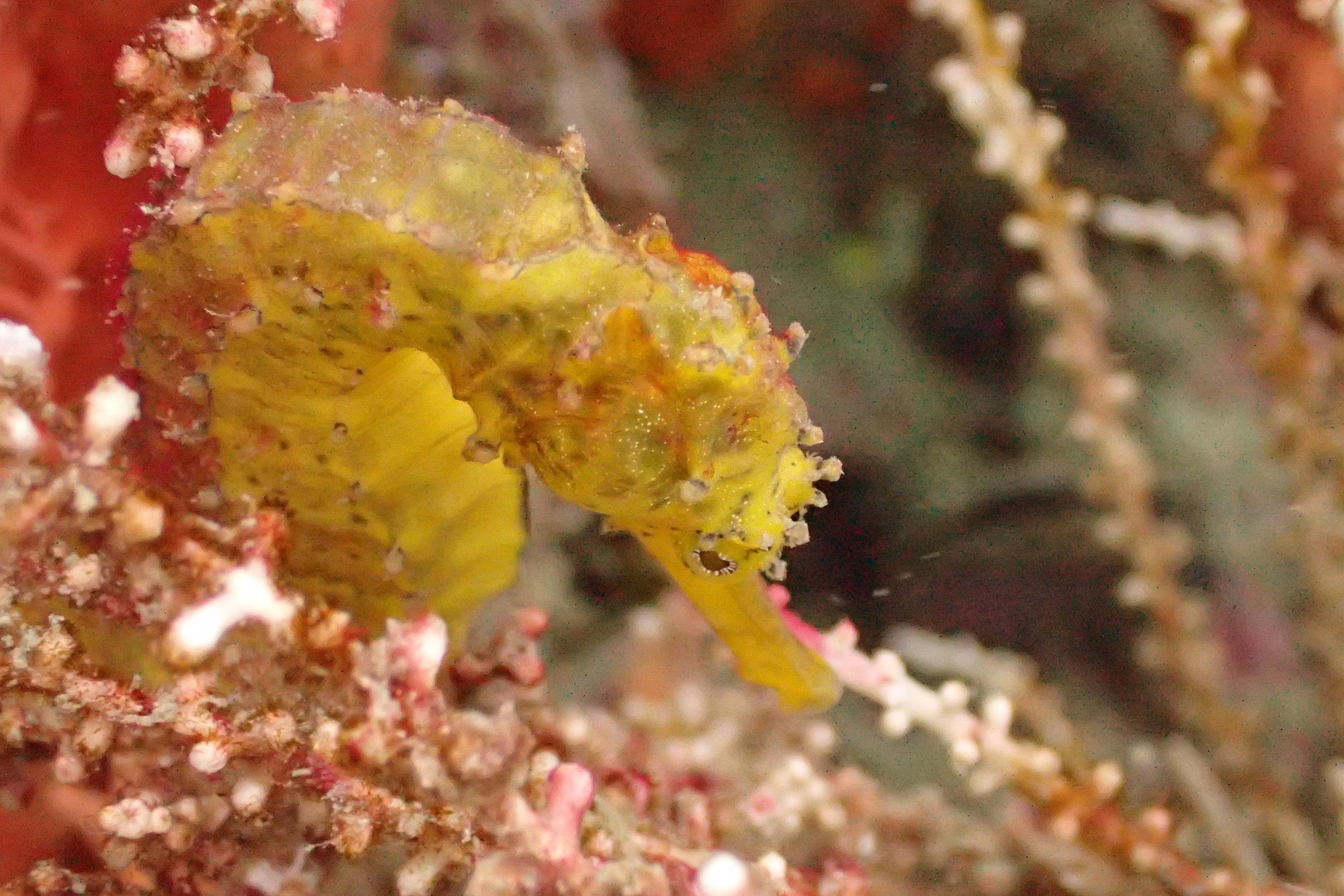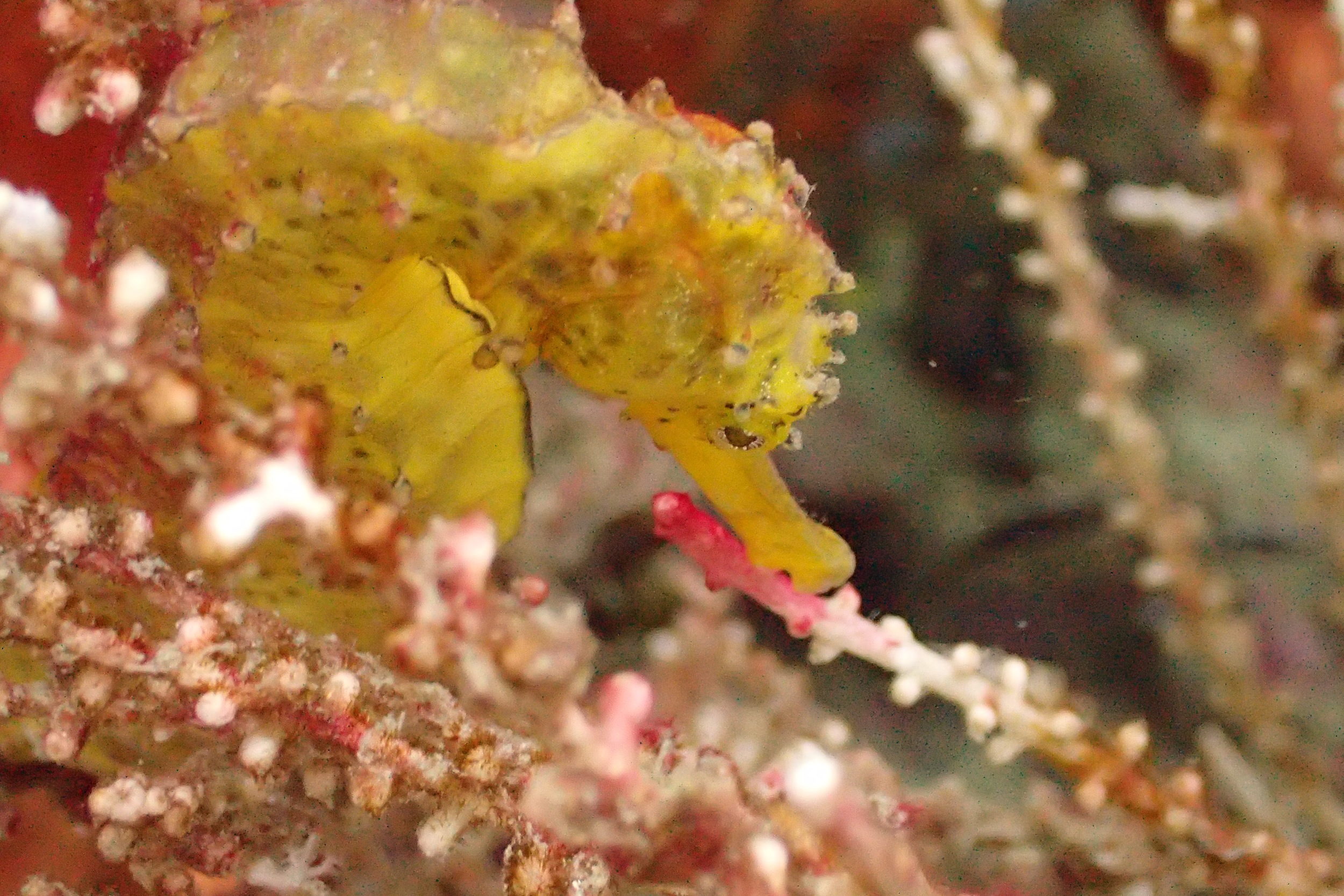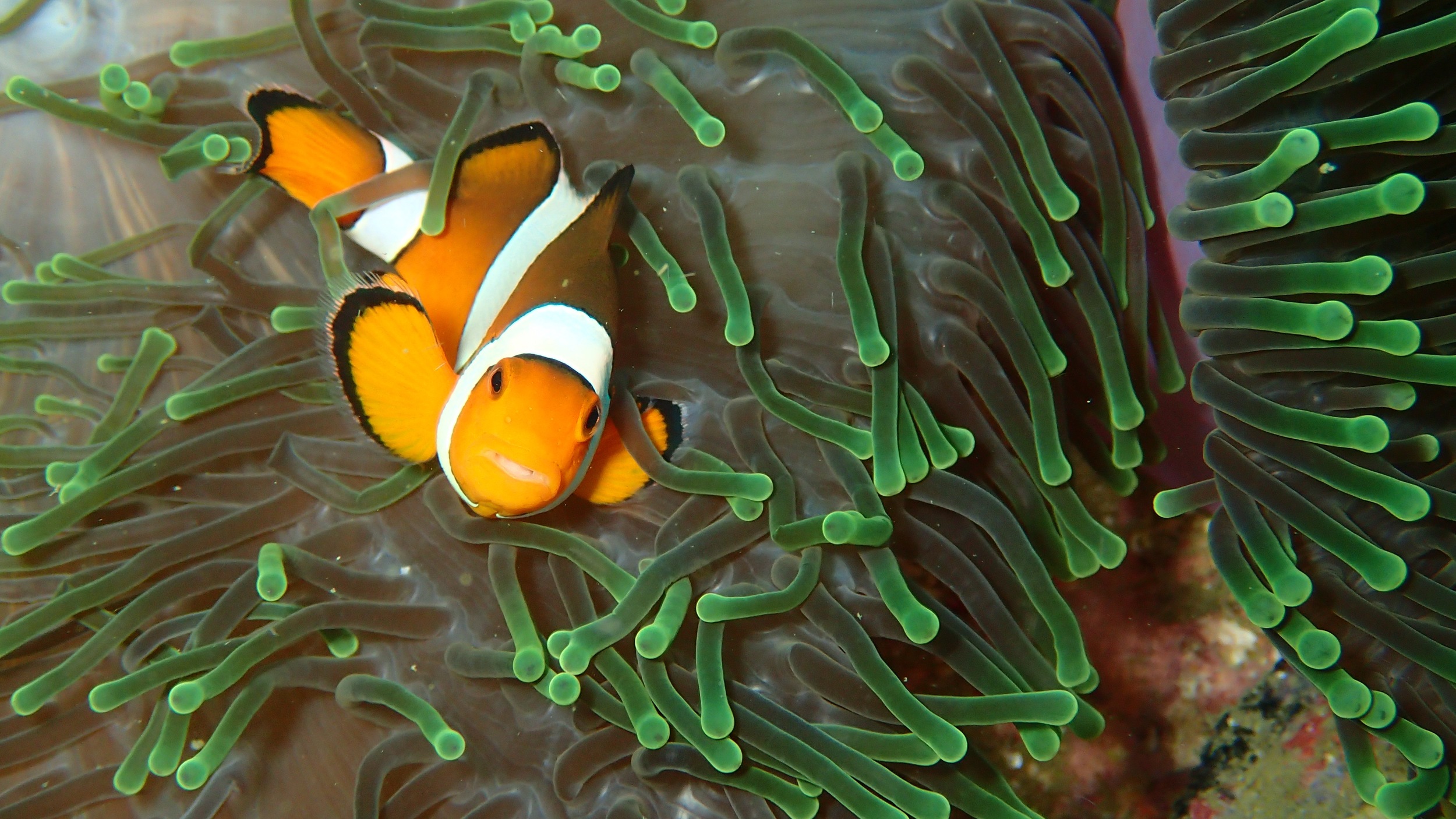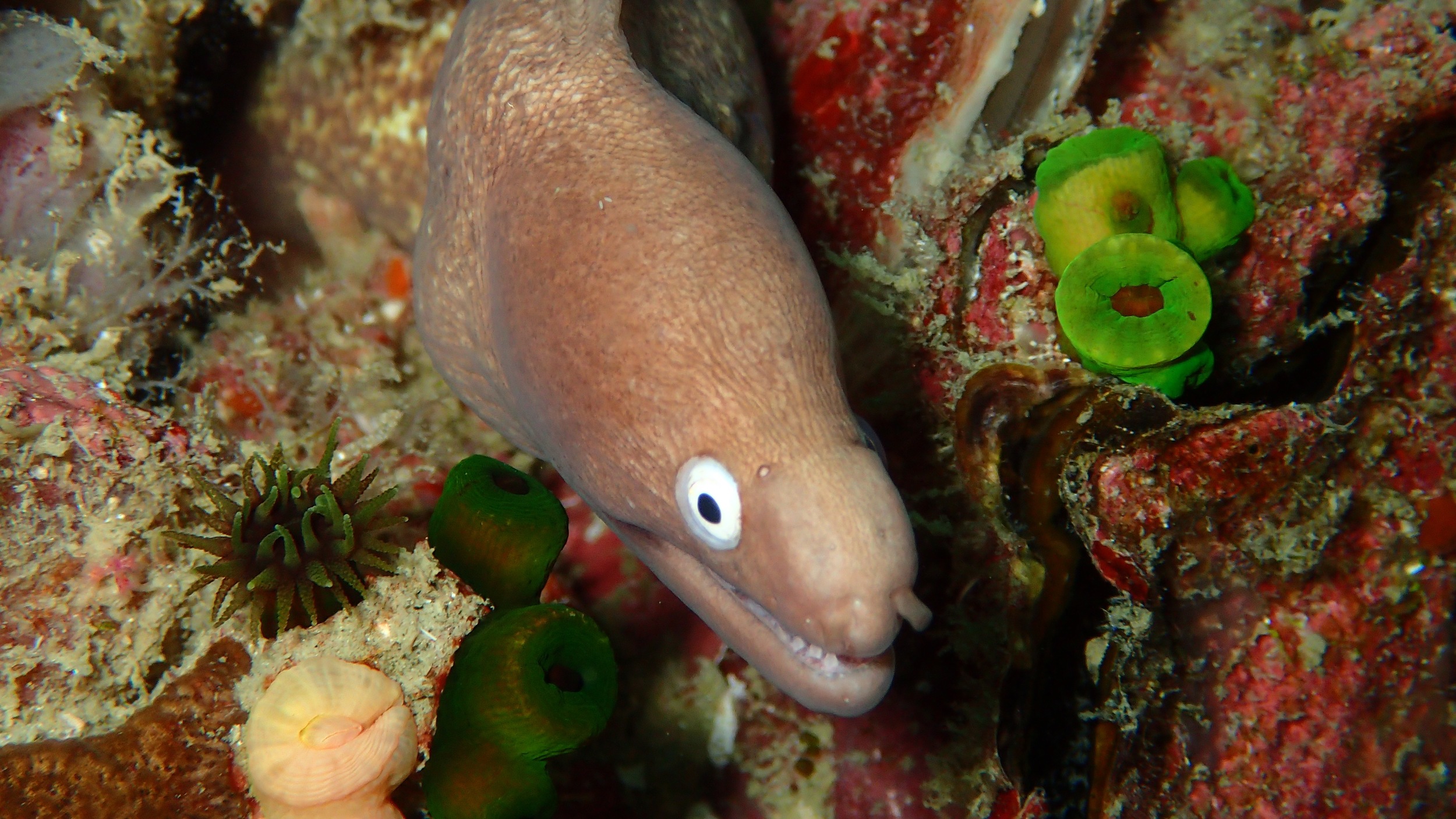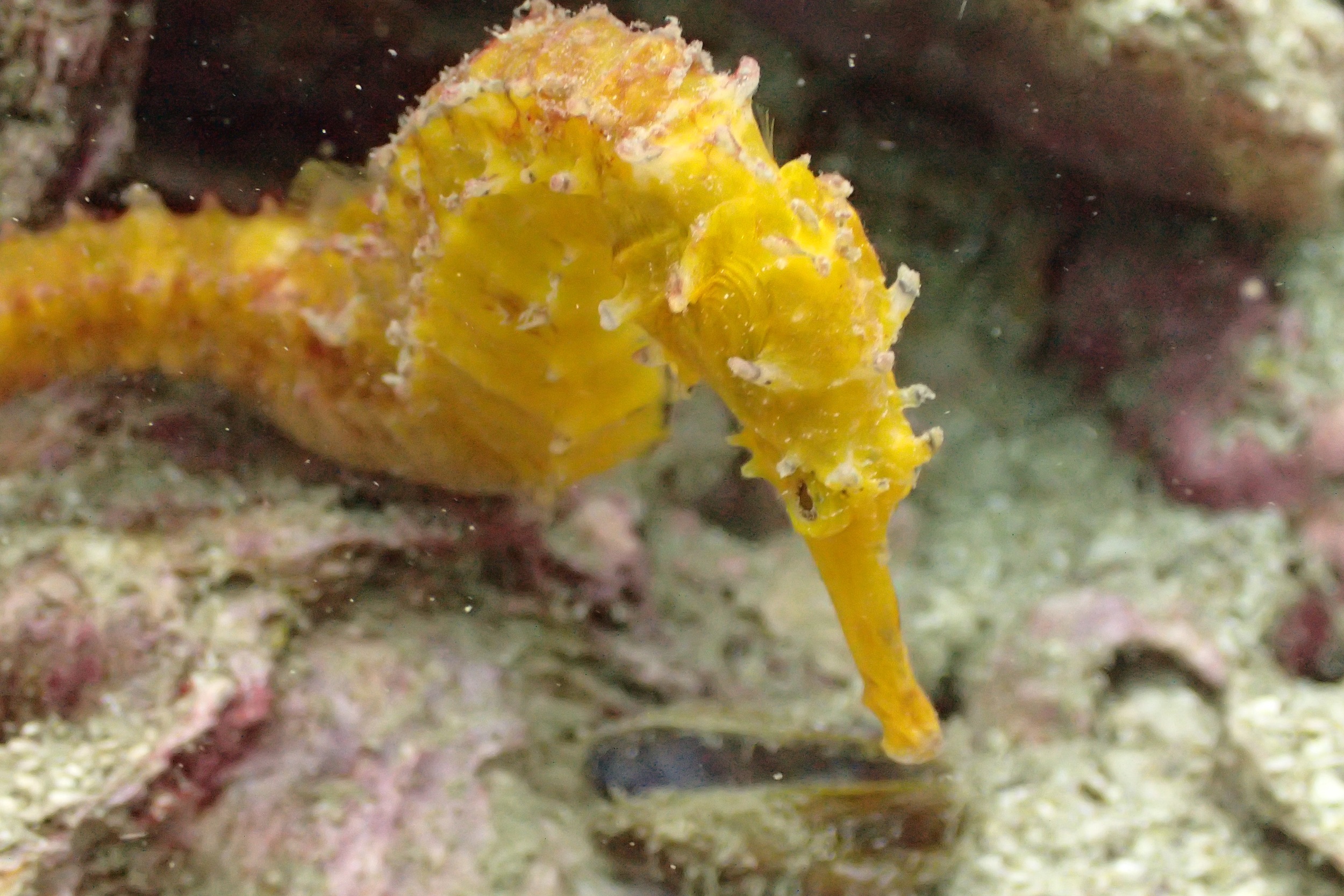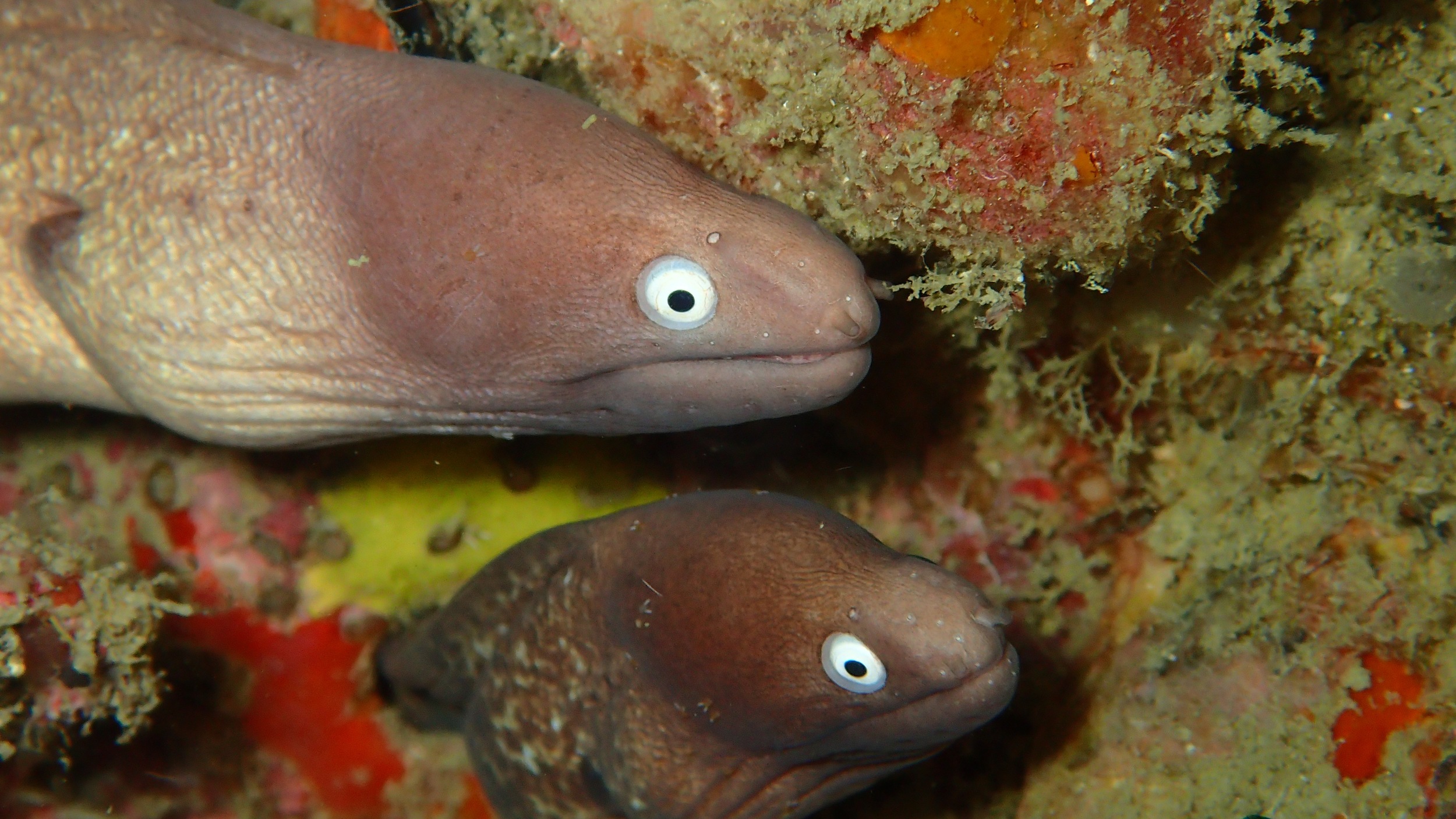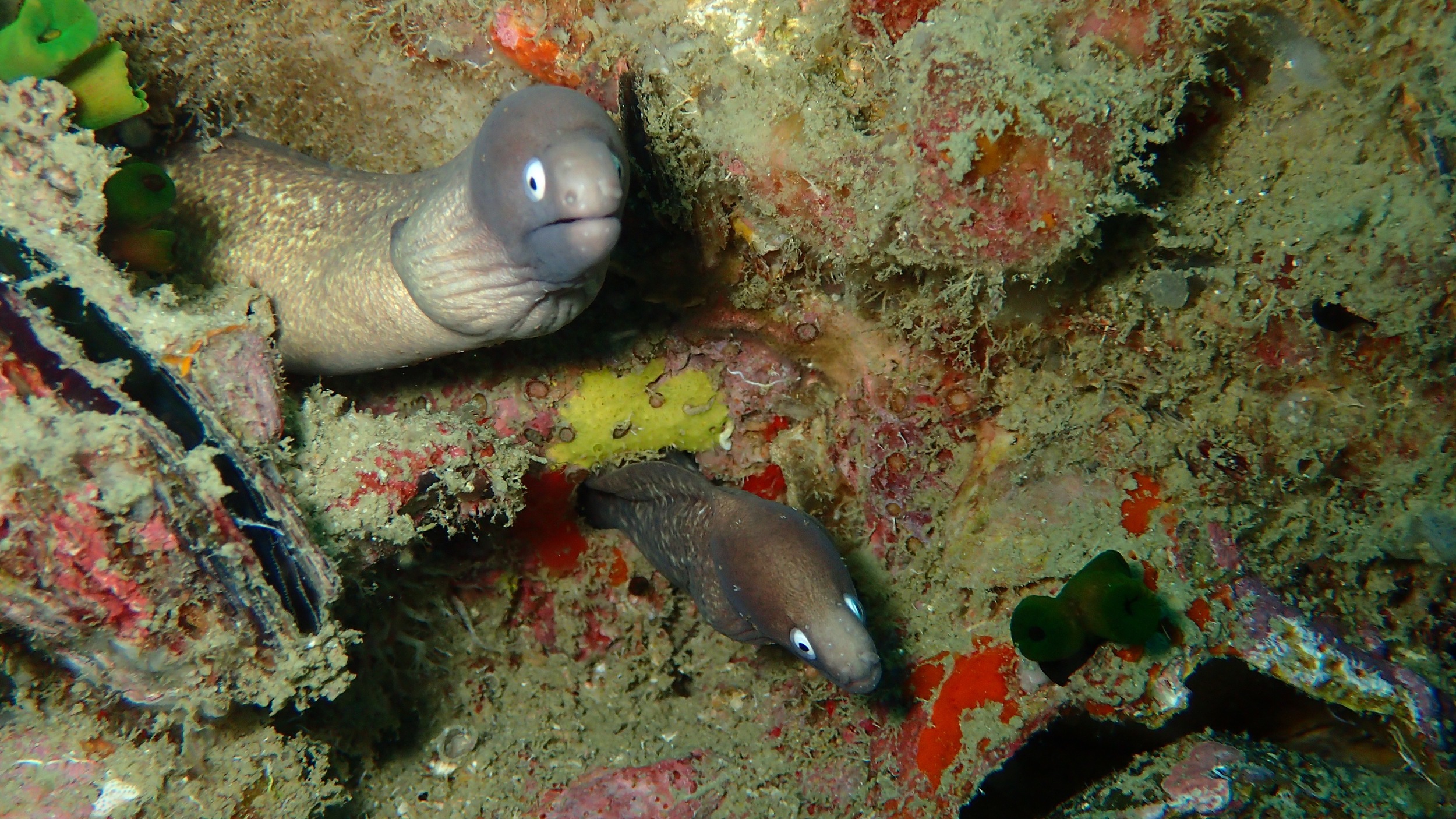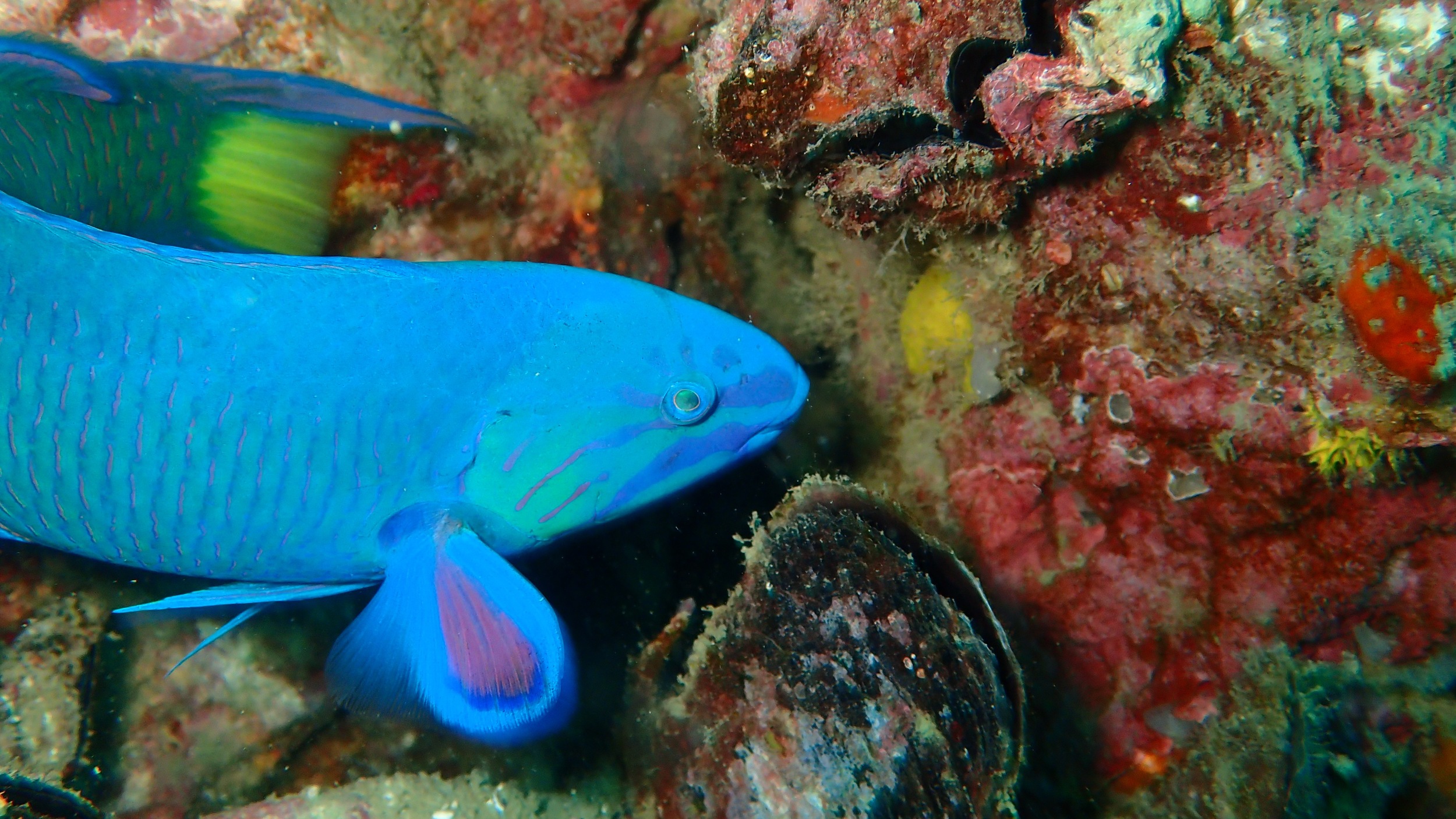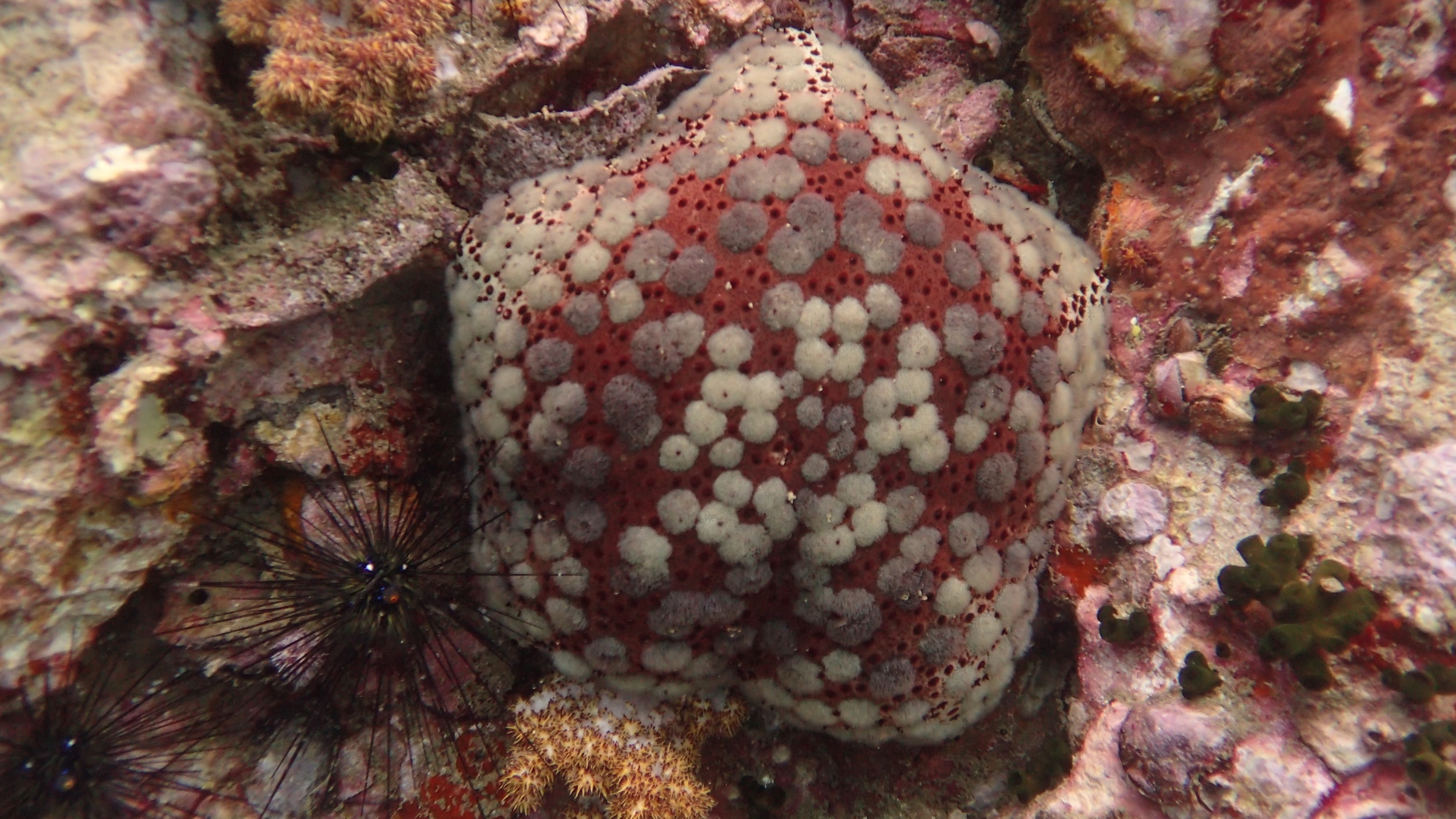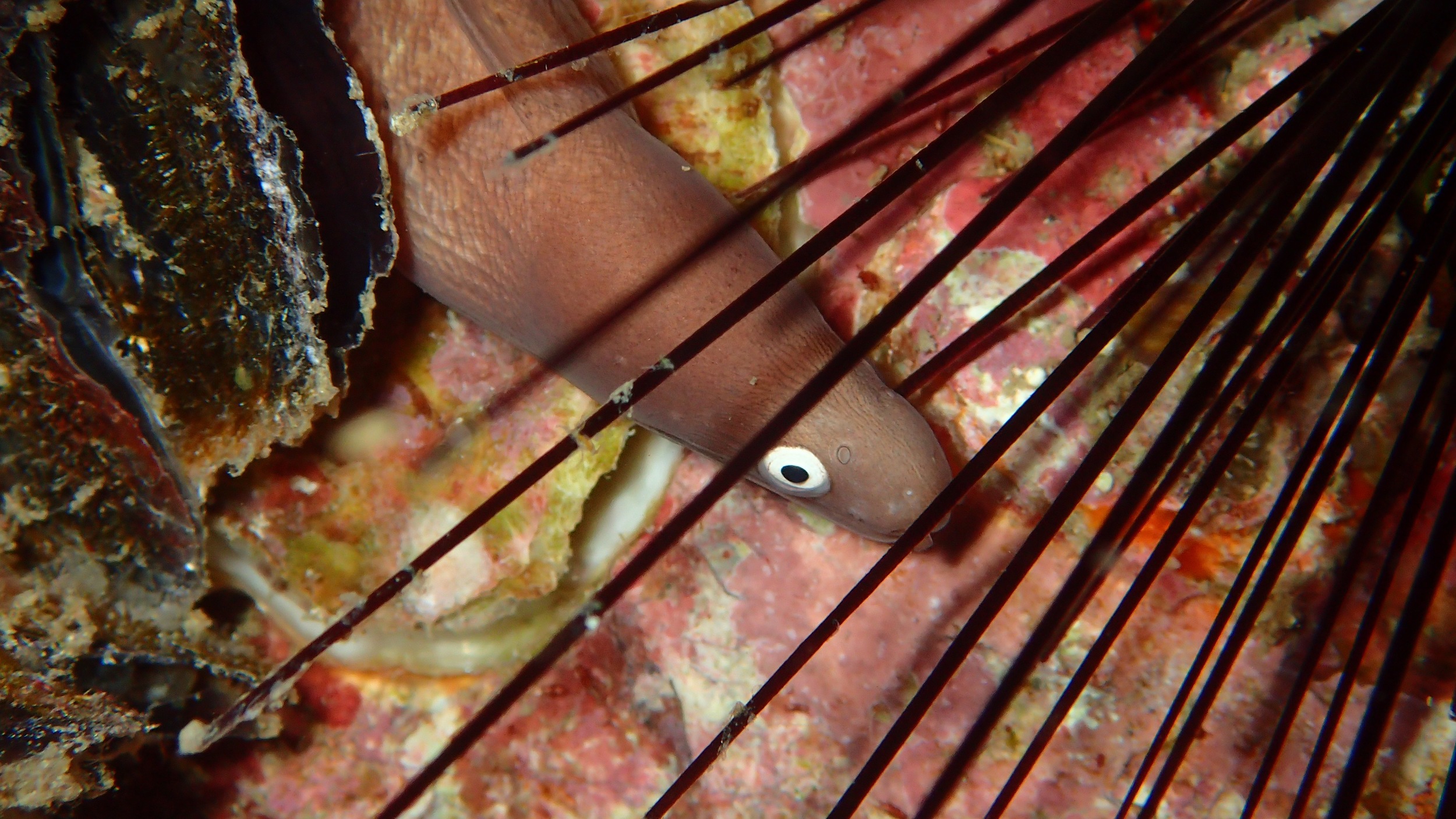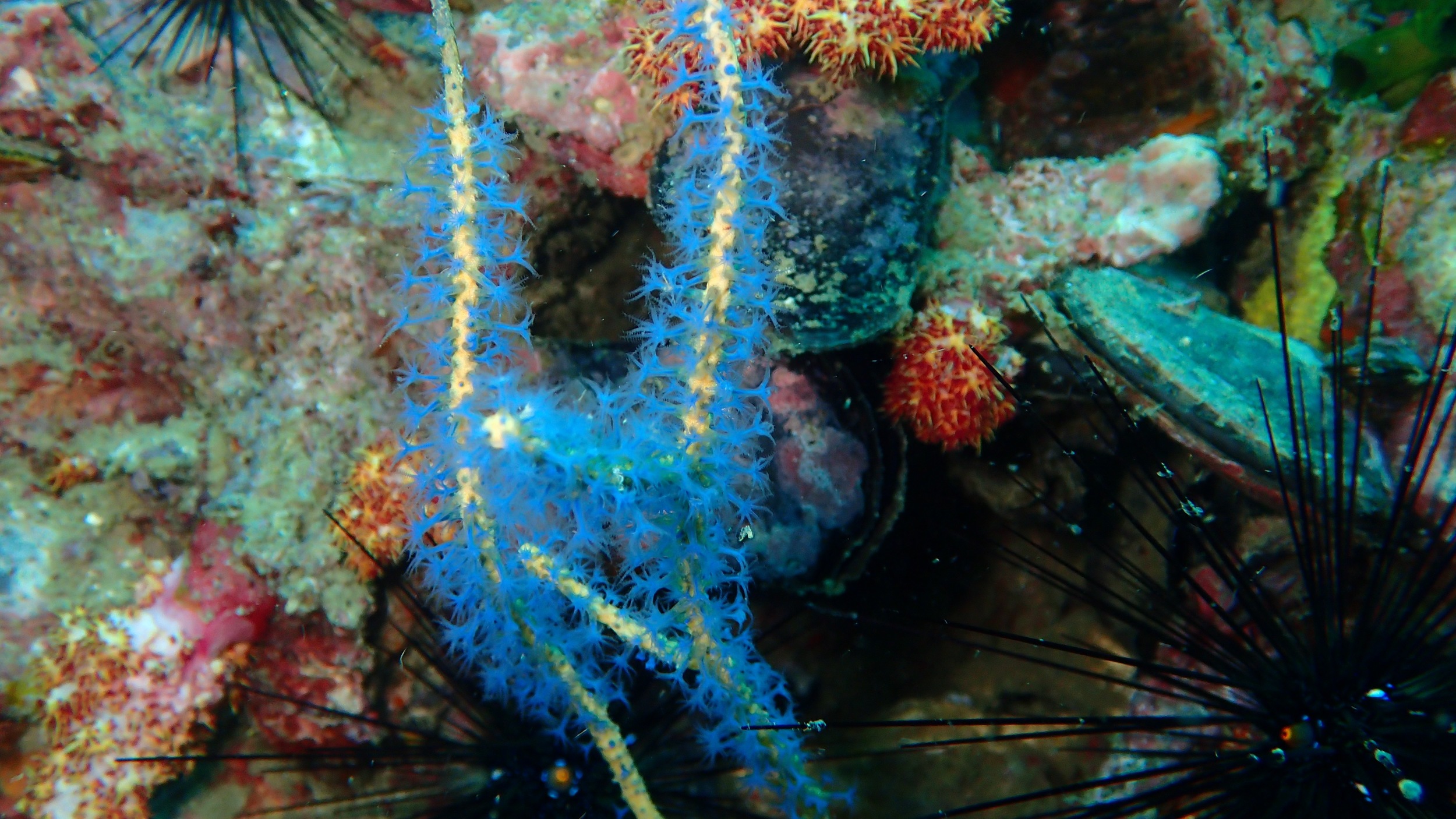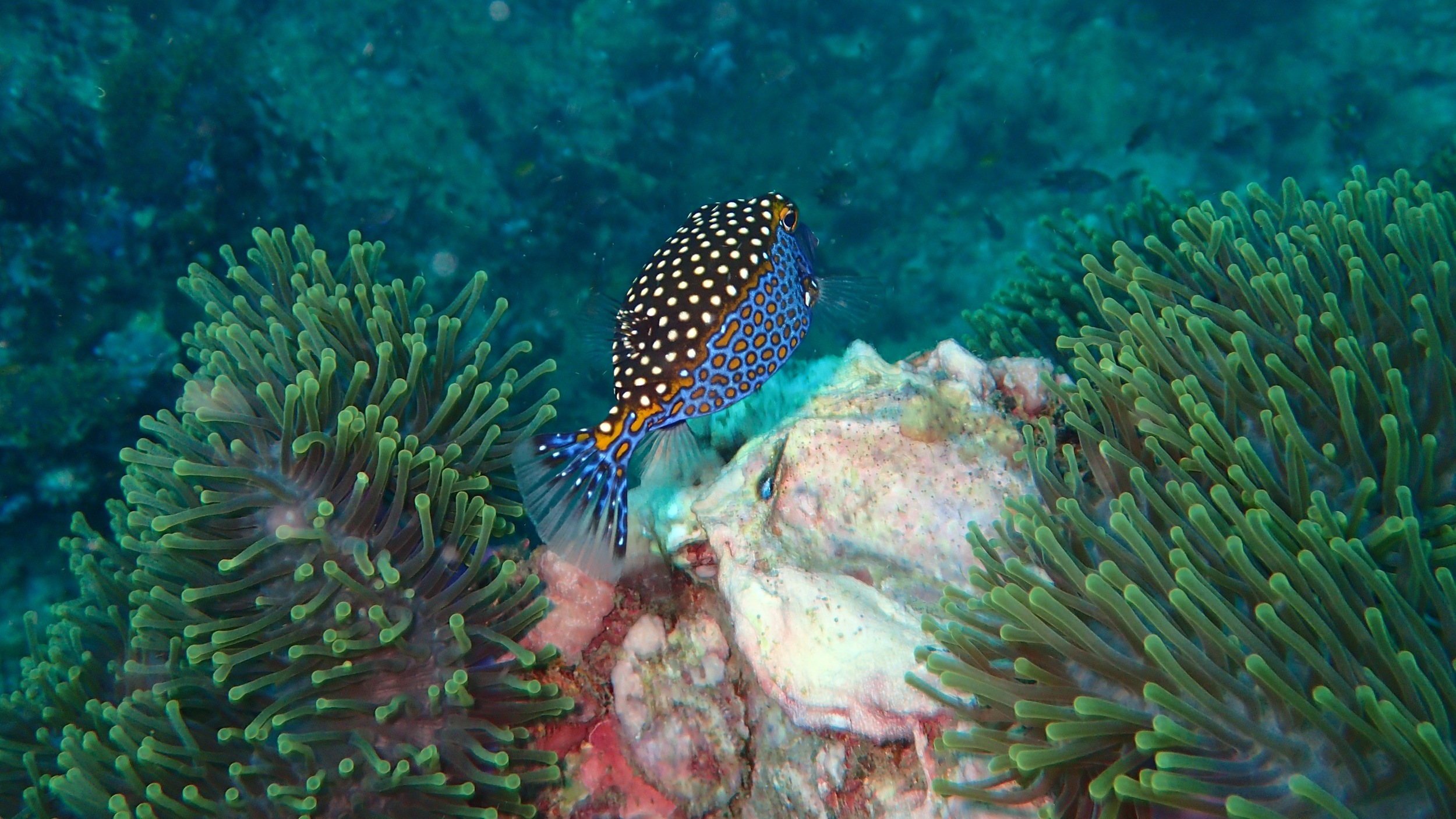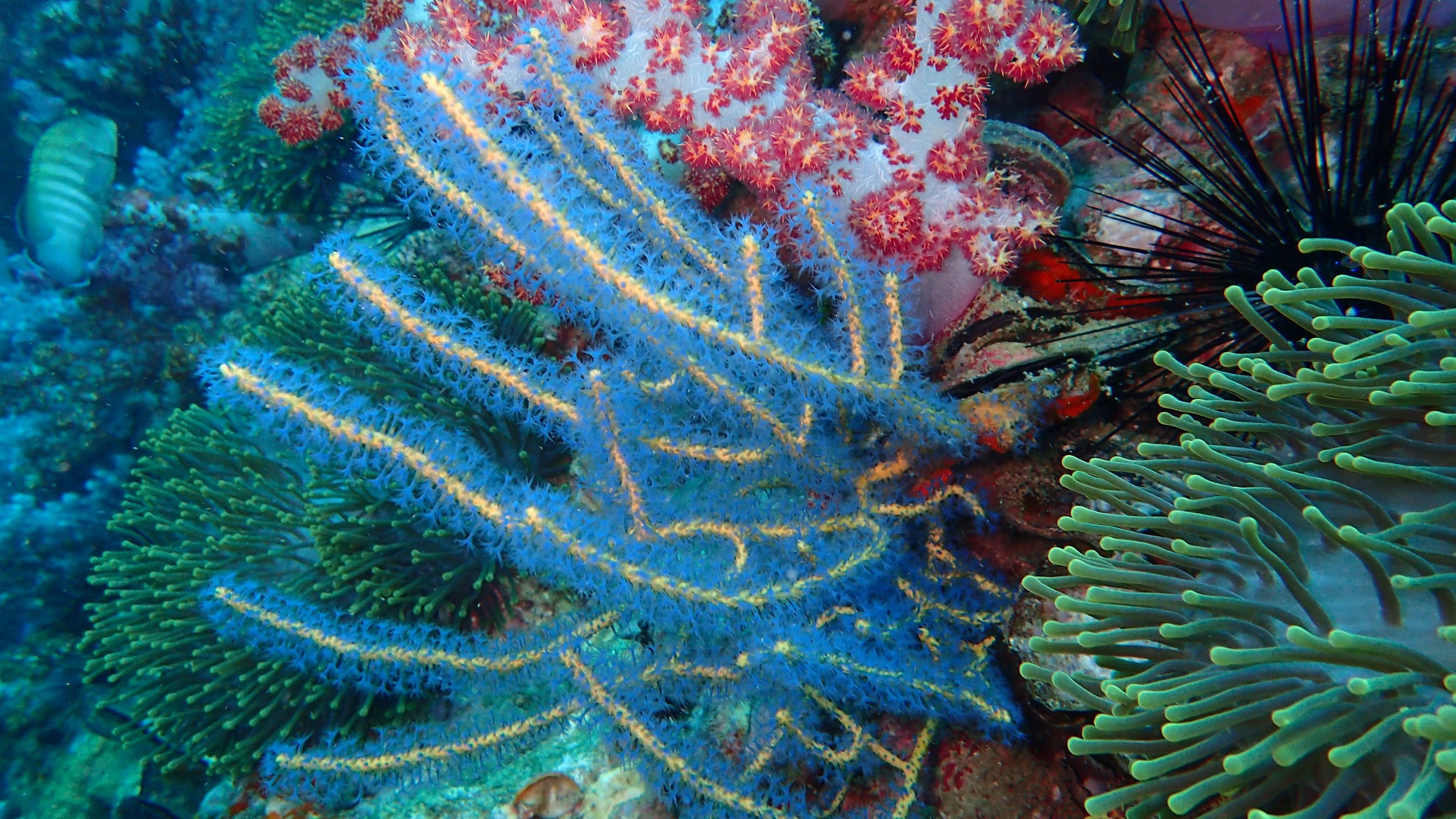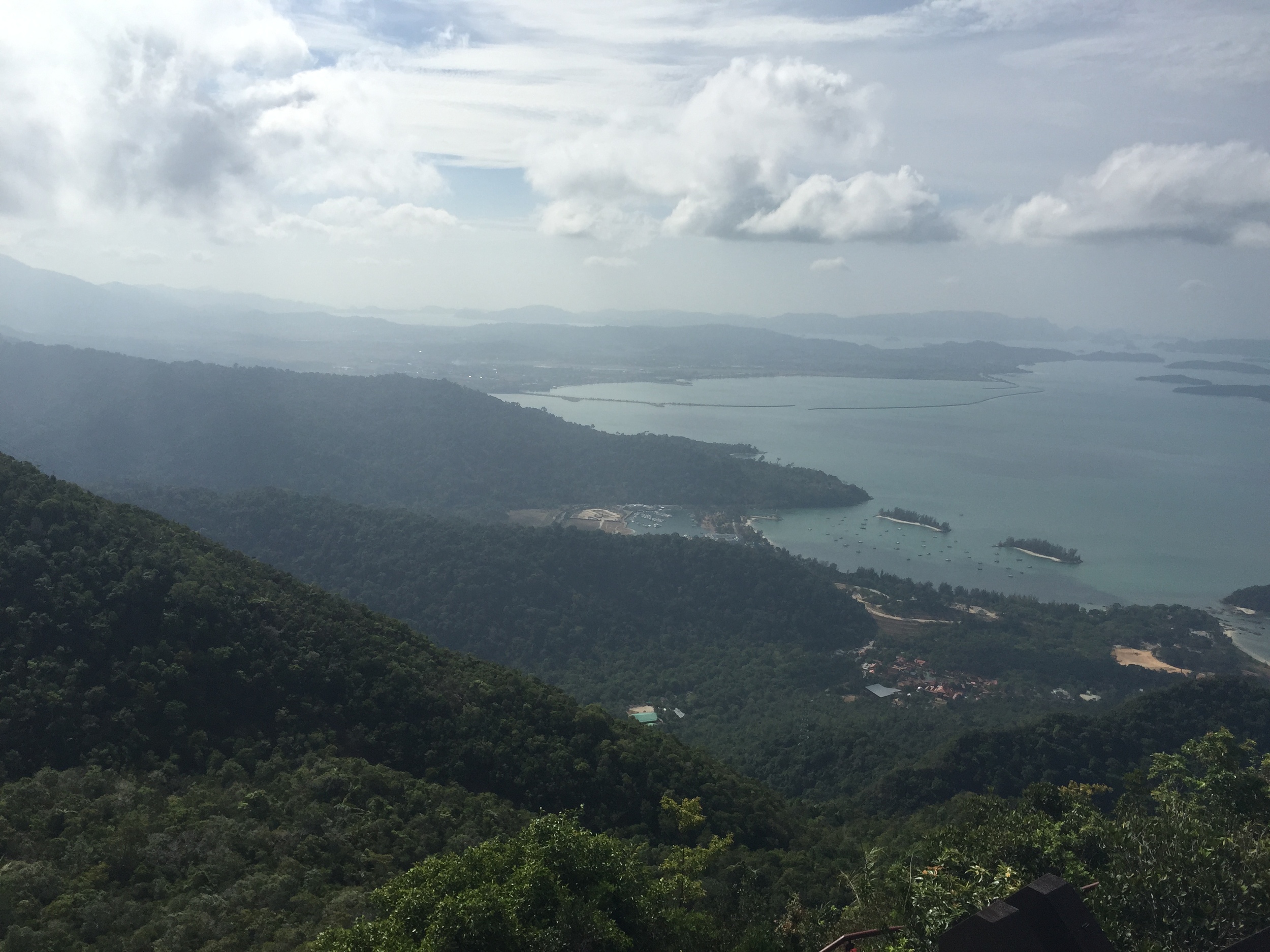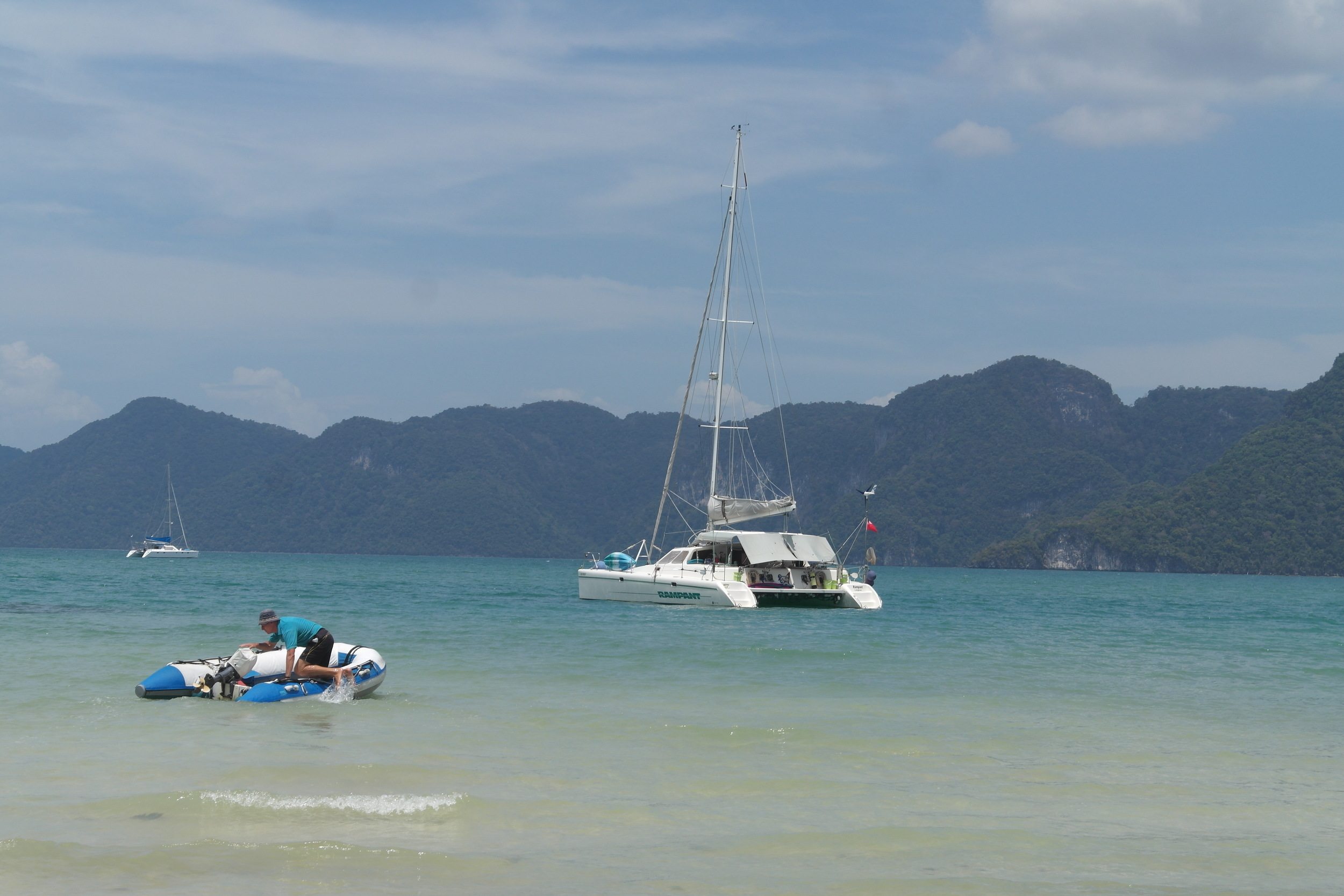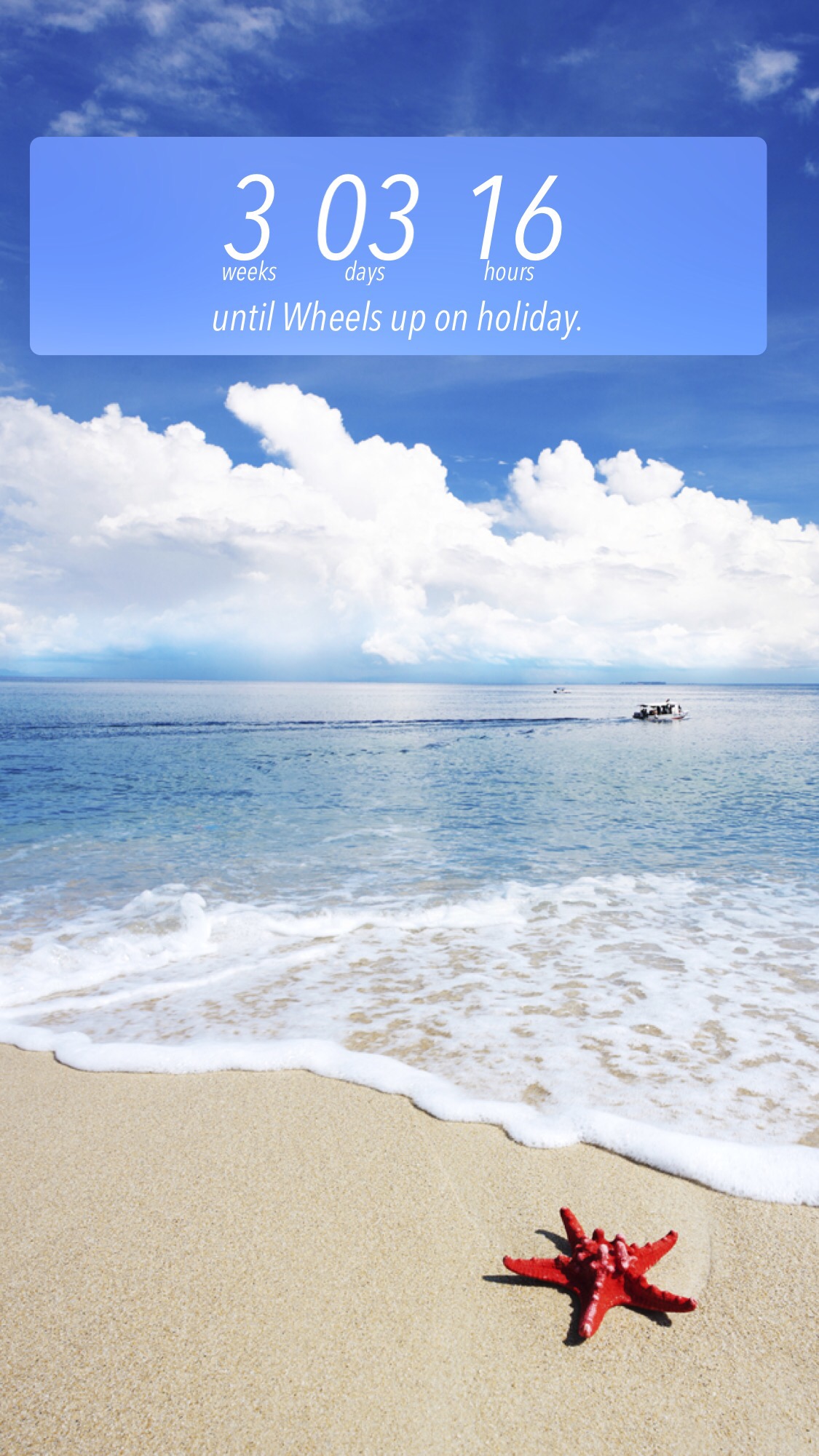Island Life - tech gear
/MY LITTLE ISLAND HOME
Island Life - tech gear
This is the first in a series of posts called Island Life about the gear, techniques and tips I use to happily continue living on a small island, off Lombok in rural Indonesia.
Travelling long term, whether in one location or many presents a few challenges for the wanting to remain connected and sharing content.
Prior to heading off on this trip, I knew there would be a number of things I wanted to achieve that a tablet only setup would not be either best suited for or not convenient - such as video and photo editing. Possible, just not convenient.
Computer
The Apple MacBook Air 11in with the TP-Link wifi adapter attached.
I resolved to retain my 2012 MacBook Air (MBA) as it had performed well since I purchased it, however, I more than tripled the onboard SSD to allow me to move my Photo Library on board, where previously I had managed it via external USB.
Additionally, I added a higher sensitivity USB Wifi antenna, the TP- LINK TL-WN822N, mounting it using velcro dots onto the back of the MacBook Air Screen. This has been invaluable for 2 reasons:
- it does receive more wifi access points than the internal MBA wifi chip owing to its two folding antennas and
- it allows me to rebroadcast or retransmit the internet connection of the TPLINK via the internal wifi chip creating a hotspot for my phone to connect to an internet connection that the phone its self could not previously receive. I do this daily in my rented bungalow as I can not receive a wifi connection without the TPLINK adapter.
Photo & Video Quick View
Ursa loving our deep dive
Another challenge I needed to overcome is quick download and display of photos and videos. Often I am showing customers unedited pictures I just took of fish, turtles or them, on the dive we just came back on. Using the Lightning to SD card attachment on my iPhone 7plus has been a godsend. However In hindsight, I would have purchased a decent android tablet, with 4G and microSD / OTG capability for this very purpose along with quick sharing to customers emails etc.
Photo & Video Workflow
After each dive I download all new photos shot on my Olympus TG 4 tough camera using the method I described above, however for videos that I shoot on my permanently rolling GOPRO 3 Black, I use my laptop to pull all the videos off and store for later editing and including in any youtube content I am making. When I return to my bungalow each night I download the day's photos that I now have on my iPhone7Plus to the laptop and do a backup using an external USB Drive.
The major downside of this workflow is the quick sharing without using a 4G or wifi connection is cumbersome. As Apple does not have an OTG capability yet, I can not simply put the day's pictures and videos onto a customers’ SD or USB Drive. I do however have a SANDISK iXpand 64Gb USB and Lightning Drive that makes moving larger files easier between iDevices and USB and then onto customers devices.
Cameras
THE ENTIRE UNDERWATER CAMERA PACKAGED, OLYMPUS TG4 CAMERA, PT056 UNDERWATER CASE, GOPRO3 BLACK, KNOG LIGHT, RED FILTER
The heart and soul of my land based picture and video work are the great cameras of the iPhone7Plus. Whether hand held or on a selfie stick - it is never far from me and ready at moments notice to snap a great picture.
EDIT: I wanted to also give a highly honourble mention to LifeProof for their iPhone7plus case. It has taken multiple drops from my pocket while riding my bike, been splashed with fresh and salt water (I'm a diver, always near water) as well as generally added grip to the normally slick iPhone7plus. I did have a lifeproof on my 6plus in the past and it was horrendous - the design flaws of the locking clasp for the charging door have thankfully been overcome
However underwater, the two superstars are:
- Olympus TG4 Tough Camera - without the PT-056 underwater case it can happily go down to 15 meters, with the PT056 it will chug away down to 40m. Taking simultaneously 16mb JPEG and RAW images as well as 1080p video - I love this camera. I want to get a strobe for it eventually too.
- GoPro 3 Black - with a side mounted Znog Sports light in the ‘cold shoe’ mount on top of the PT056. The GoPro generally is running from the entry until the battery dies (only 45 min.. this is terrible for me). I also use a red filter to compensate for the loss of the colour red at depth. Recently the hard GoPro Case has started leaking slightly during dives. Without the use of toilet paper in the bottom of the case I don't know if it will be remaining in the underwater set up for much longer.
PROTIP: Do not use devices with hard to source or proprietary cables. If they break (and they will) they can be hard to get. My Olympus is one such device. I purchased two cables on ebay before I left - first broke week 4.
Battery banks
Living on an island where the power goes off a number of times a week, I like carrying a full USB battery at all times, whether it is to charge my iPad, my iPhone, my cameras or even my Bluetooth keyboard. Currently, I carry one and leave one on charge swapping on a daily basis. Alternating between a no name, 2 USB port 10,000mAh or a large 20,000mAh quick charge capable no name brand white brick. There is always one in my bag. Having the ability to charge everything and not slow down has been fantastic. I now only plug into mains power at night - mainly to charge the batteries.
Sharing & staying connected
While wifi is available in almost every eating or sleeping venue on the islands, wifi doesn't crack more than than about 3mbs shared across all the other users in each hotel. This lead me to investigate the large data packages available for 4G that is accessible on the islands. I stumbled across a 48gig package (Aug2017) by XL for 270,000rp for 30 days. This has been my lifeblood connection - uploading daily for instagram, emails and normal web browsing. I often tether my laptop to my phone as the 4G is more stable than the wifi.



